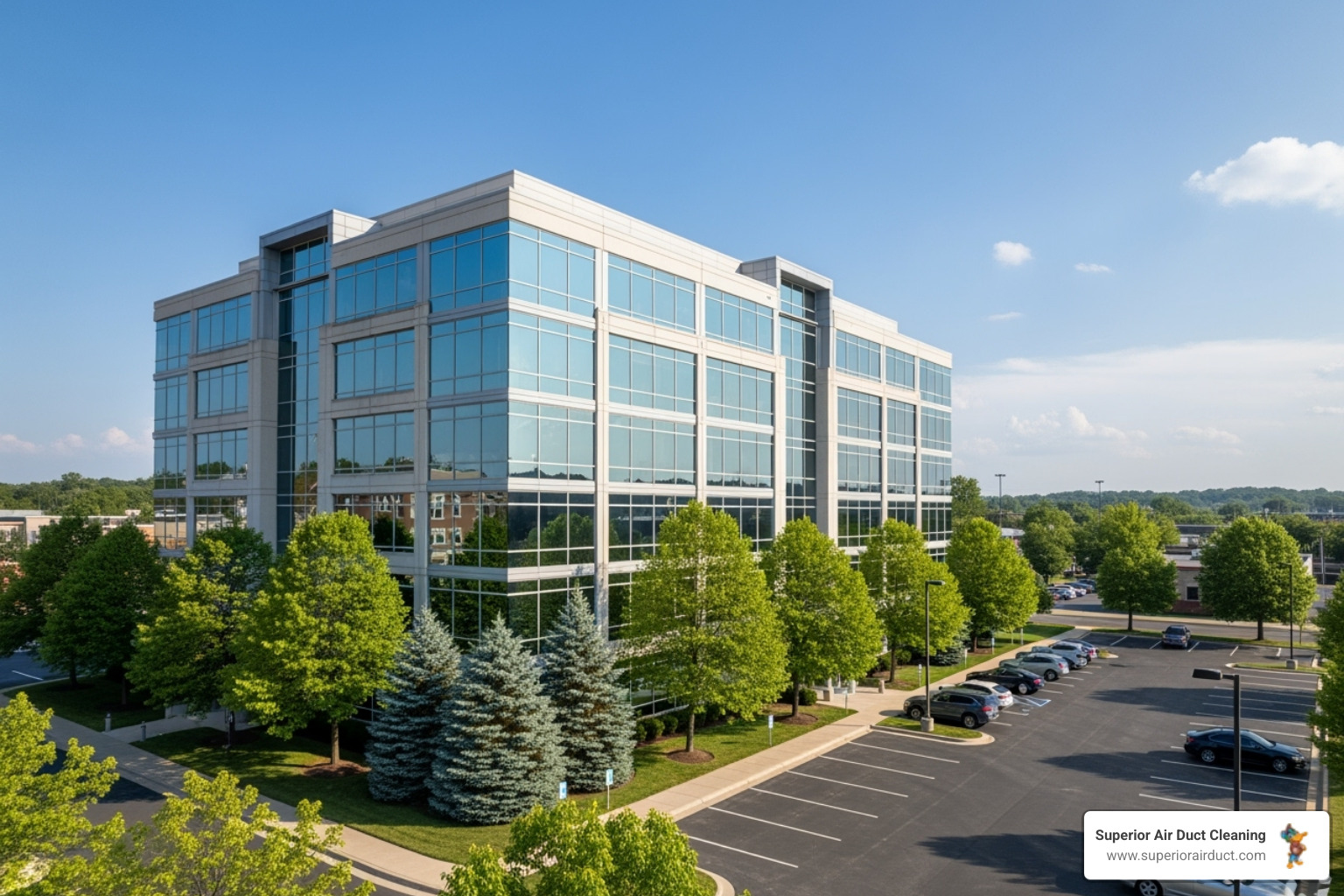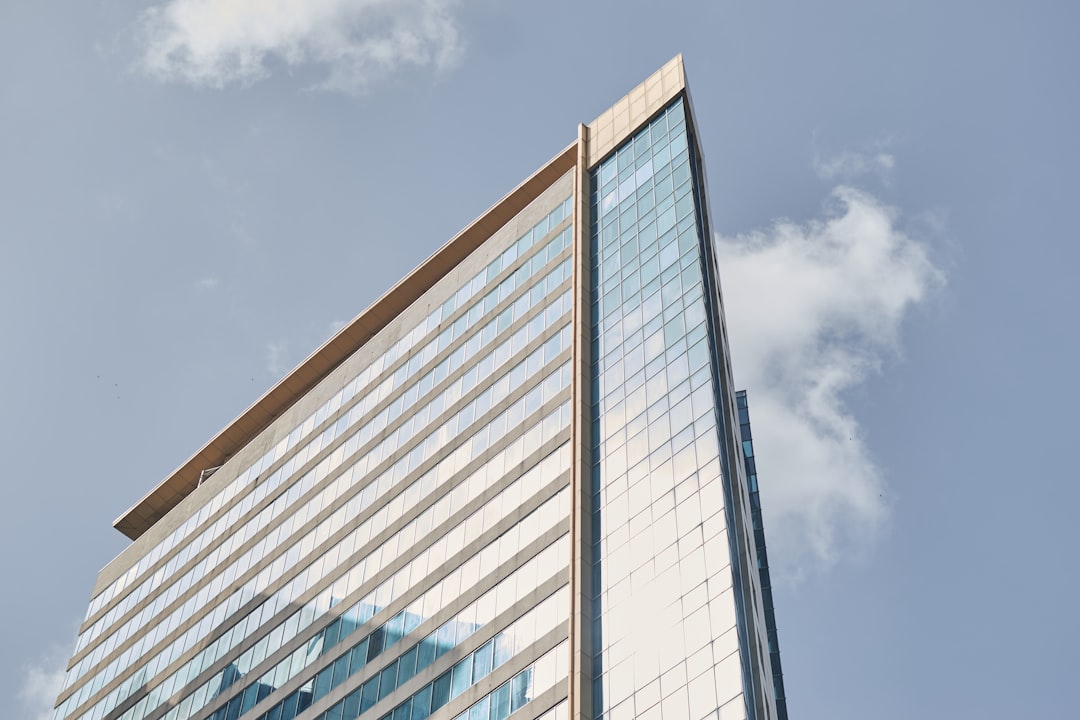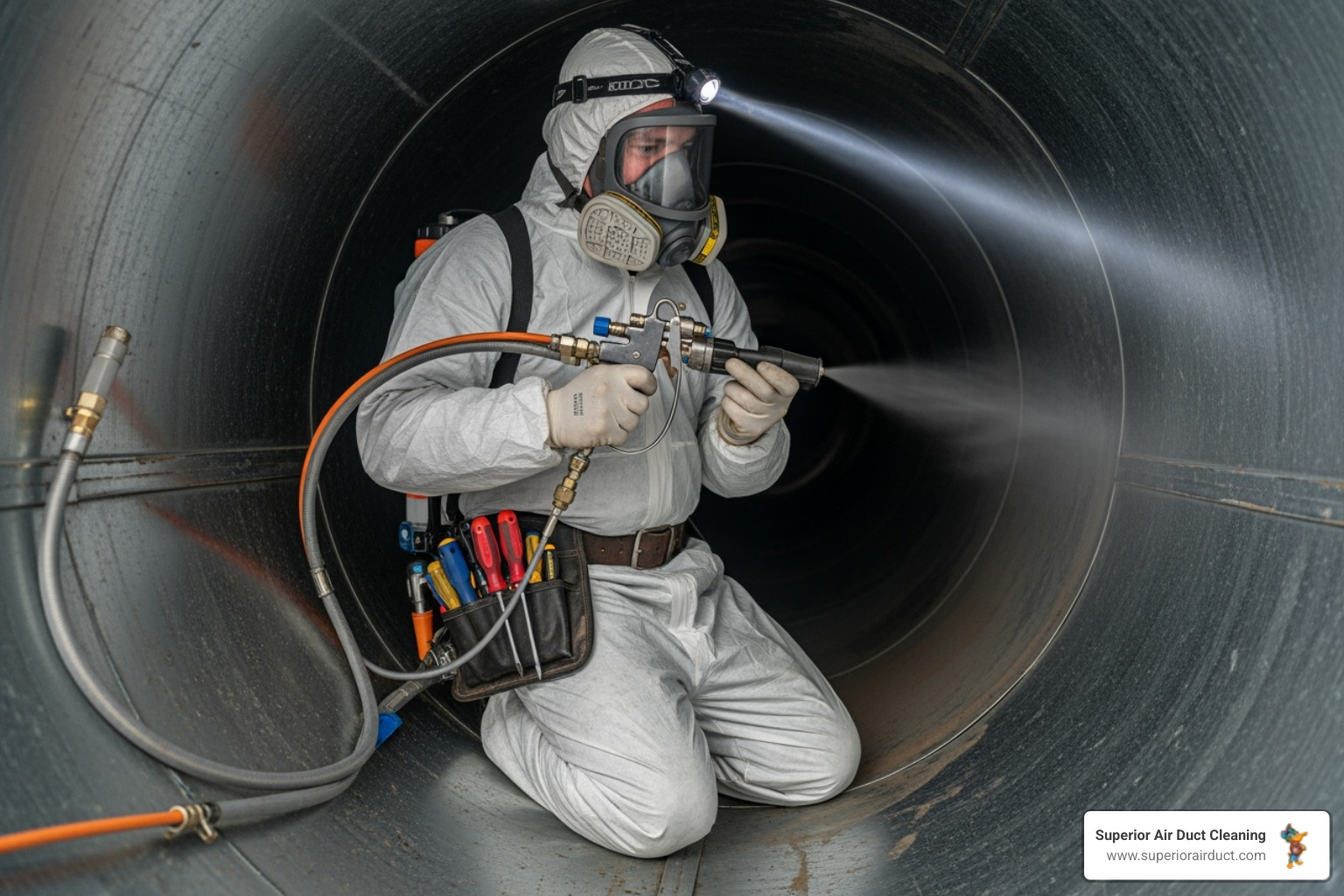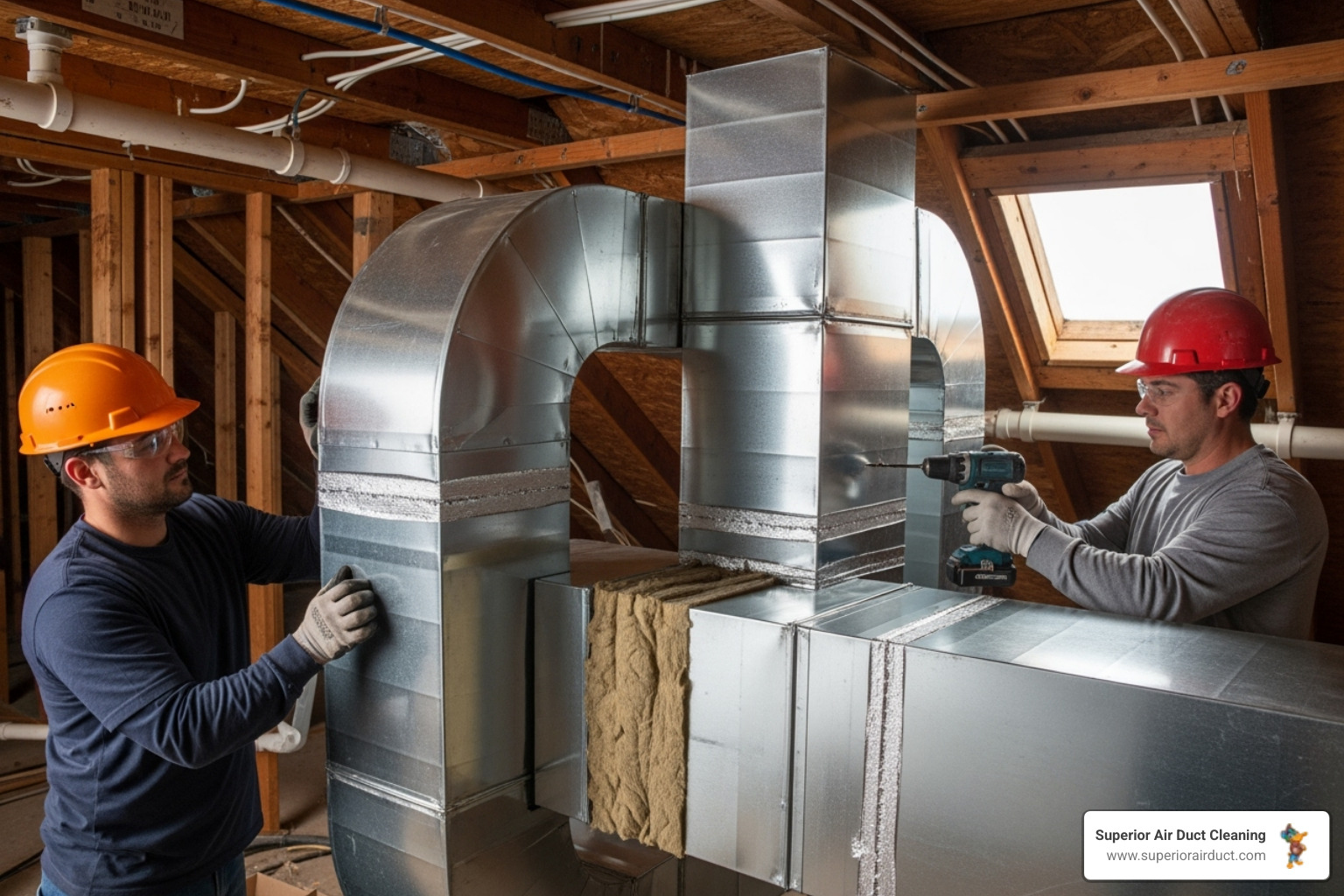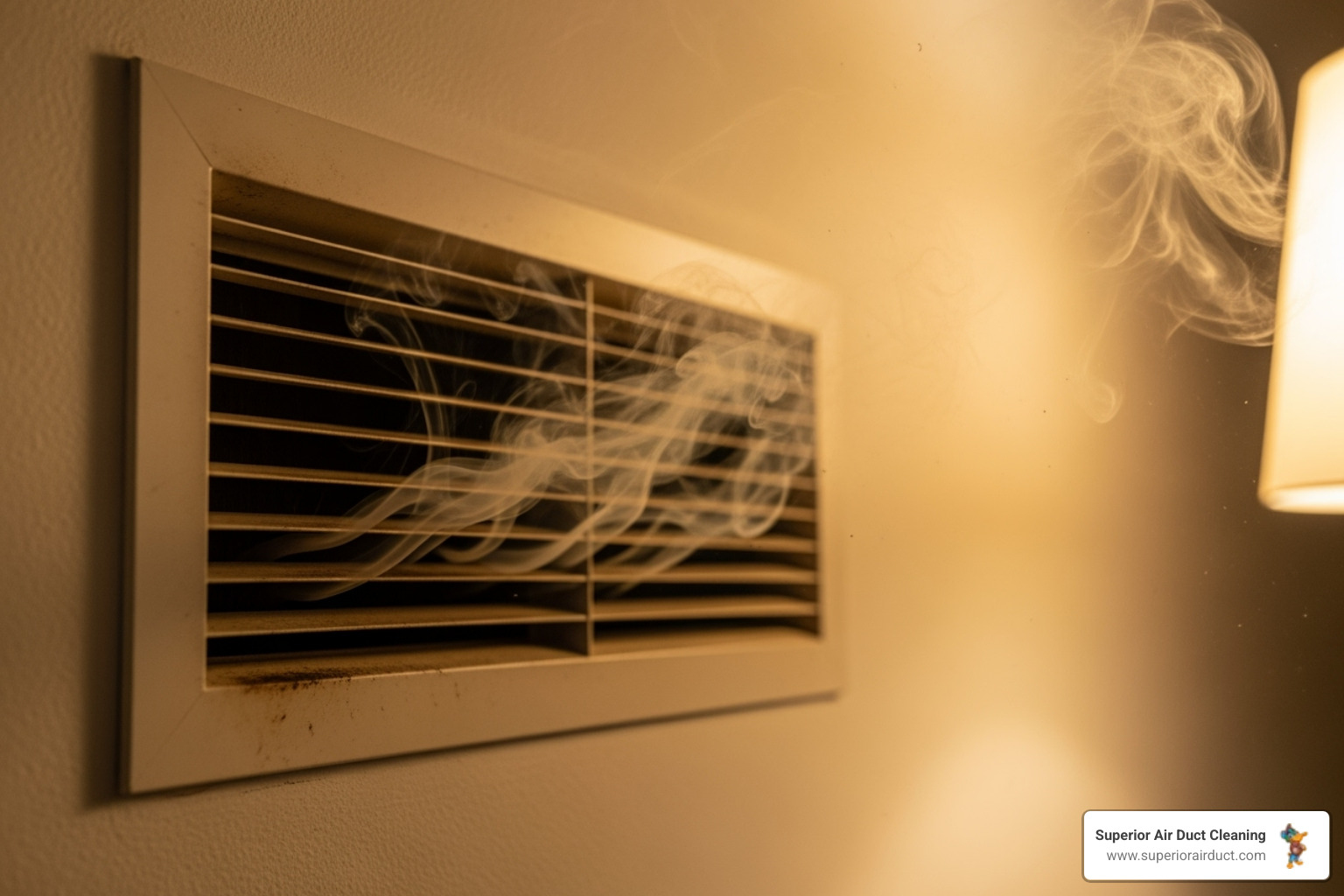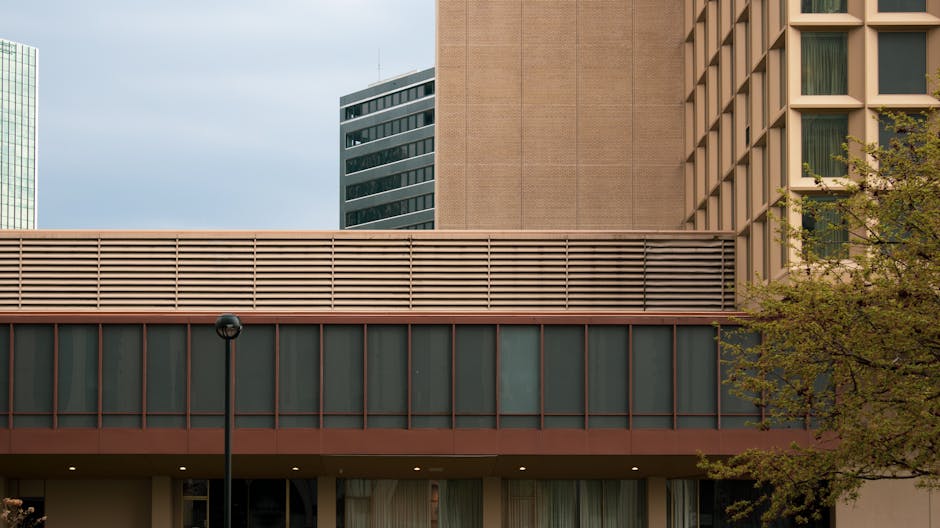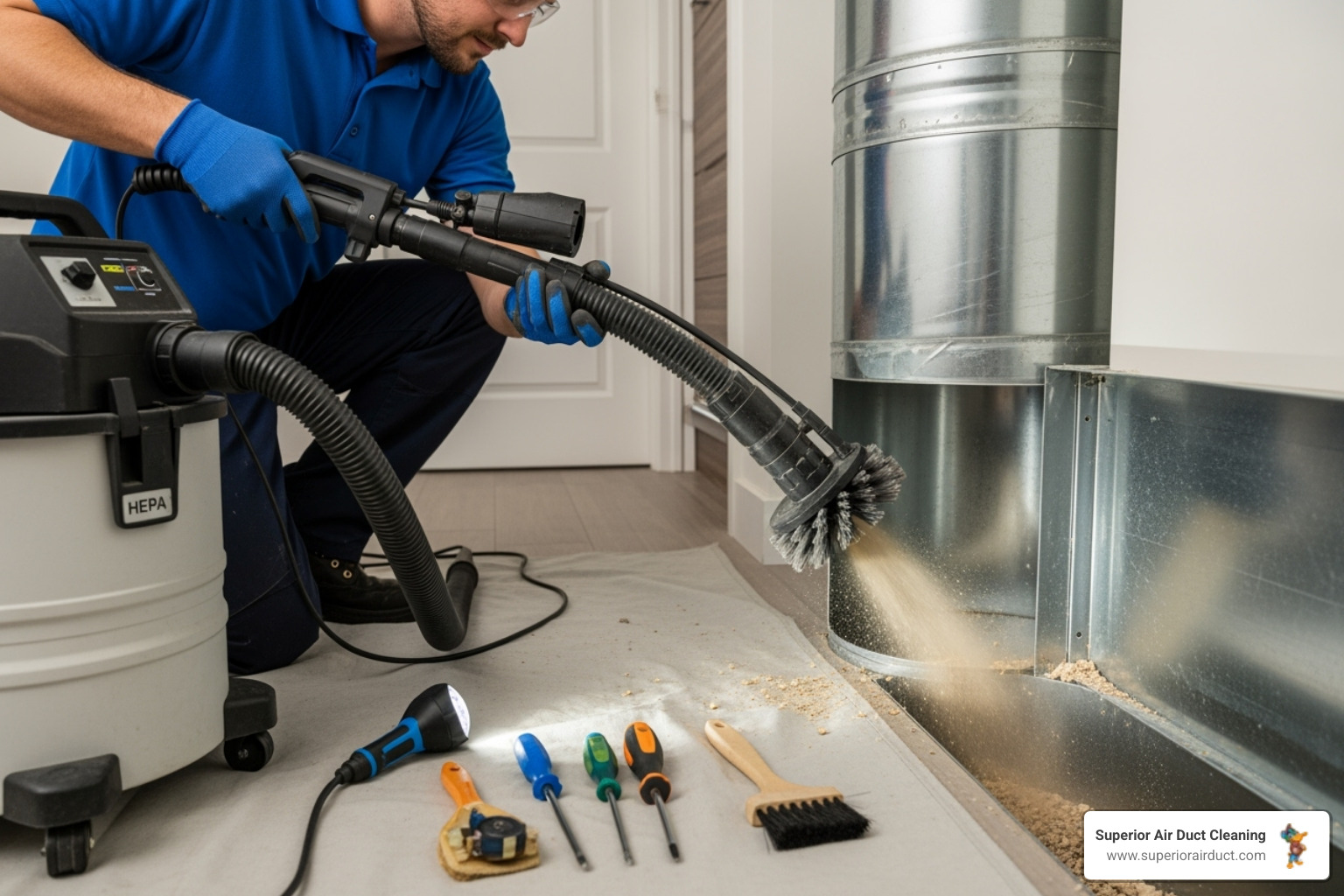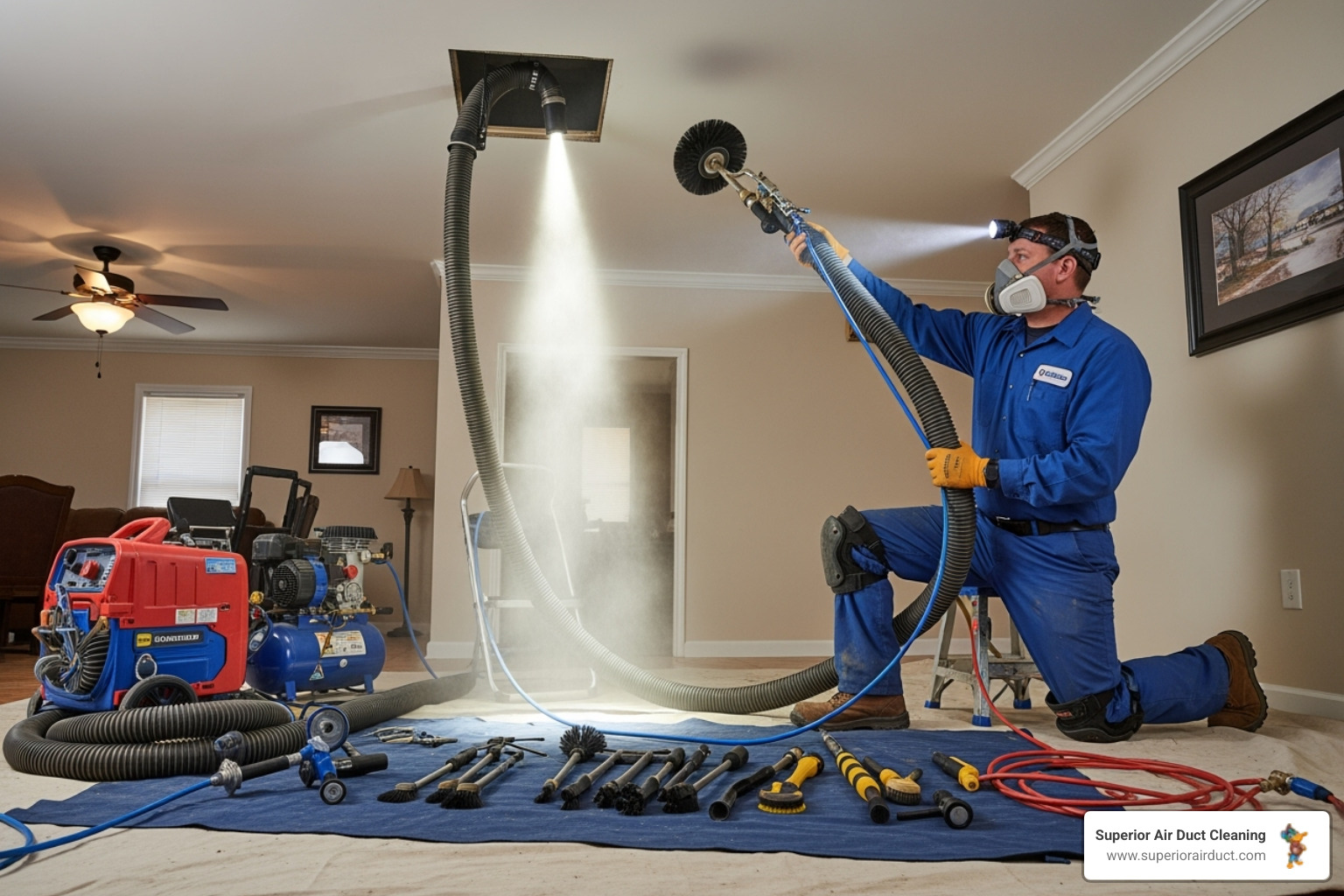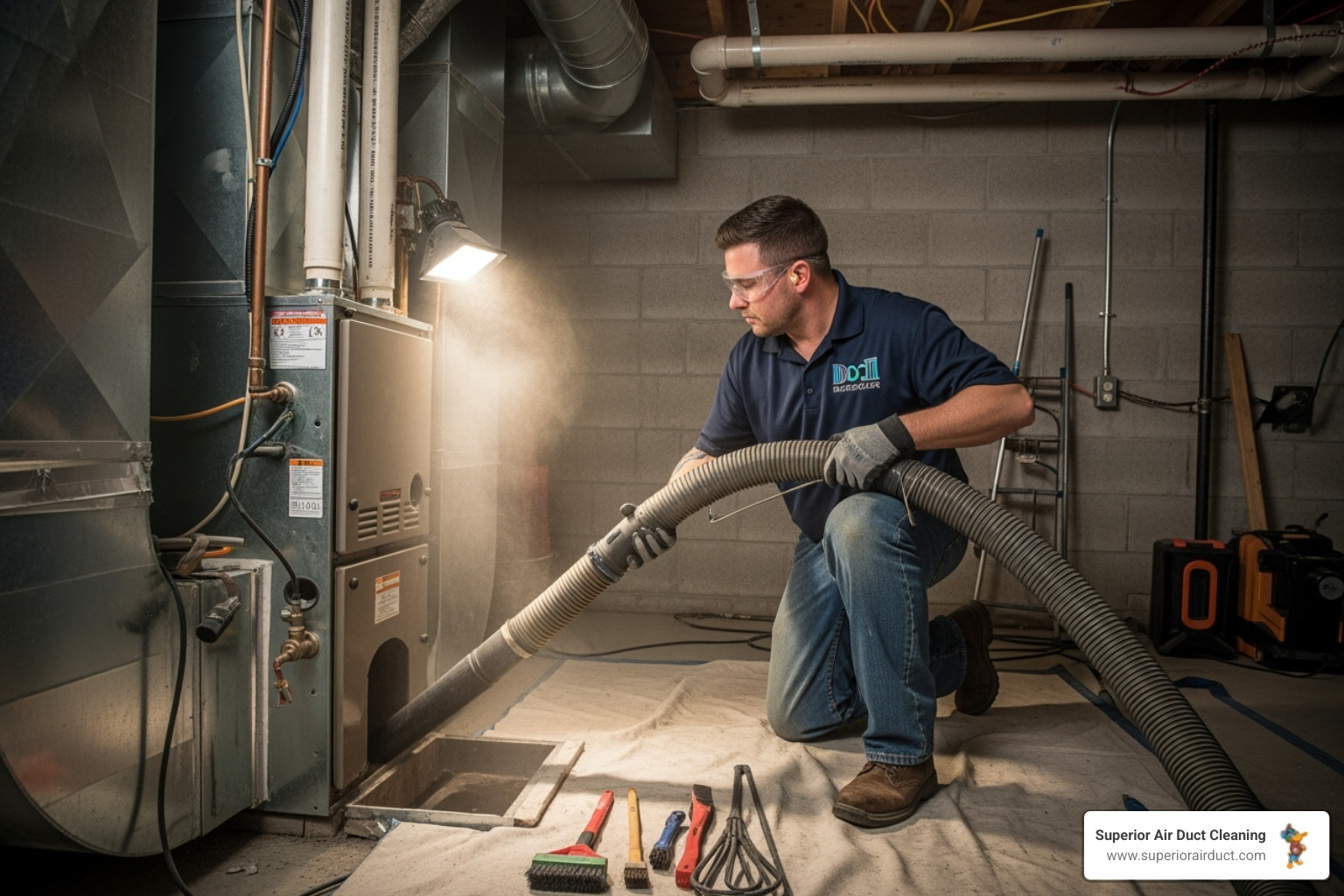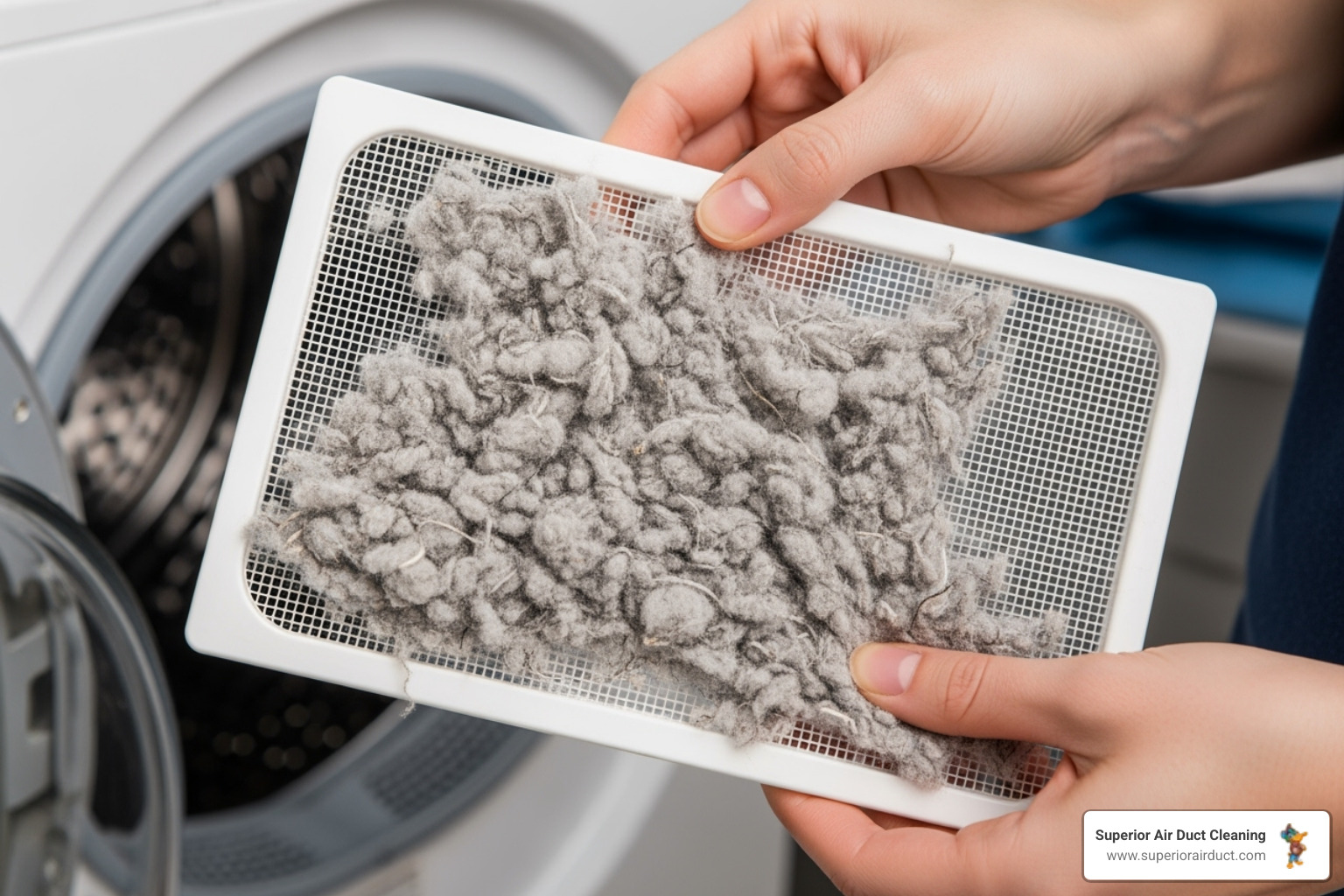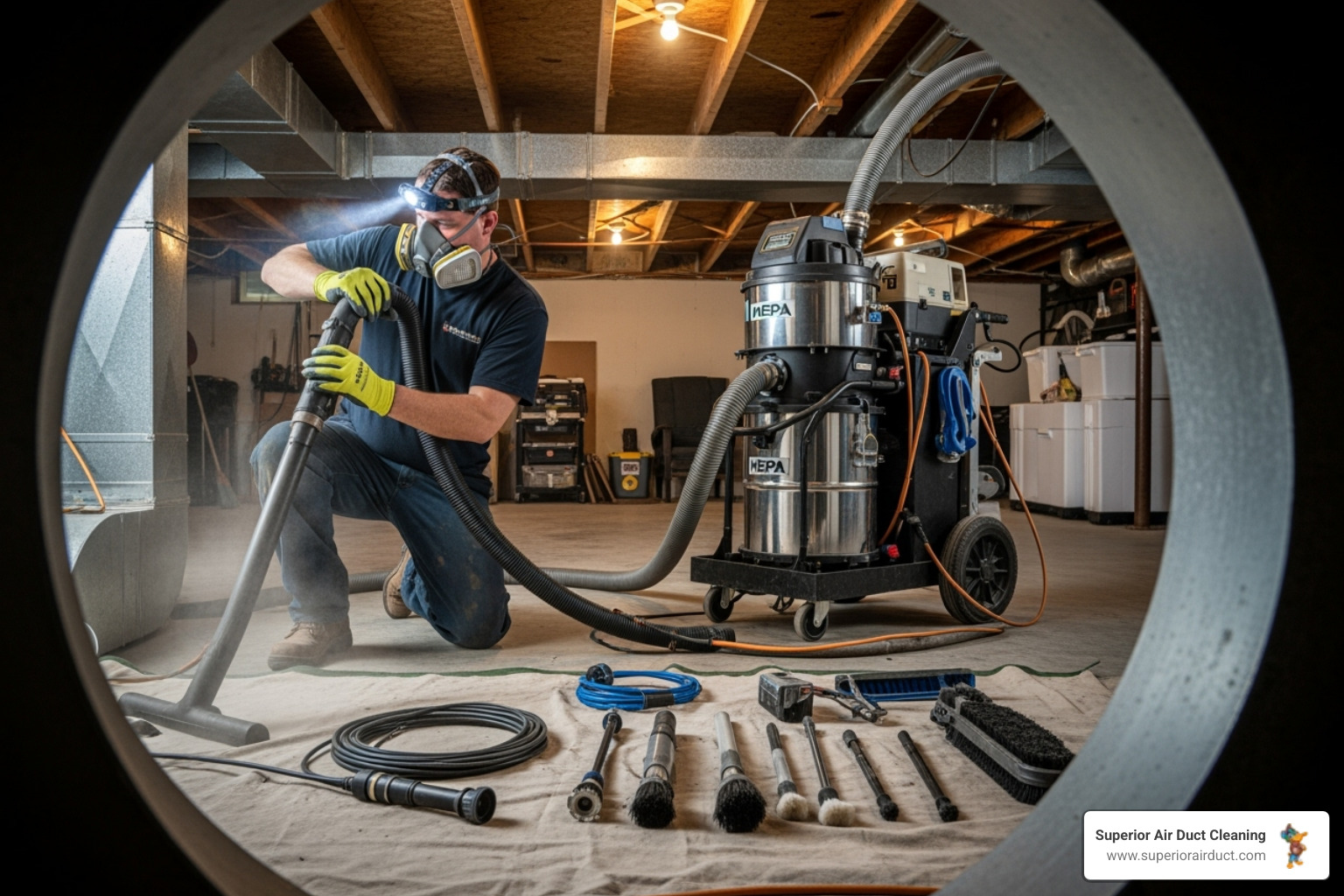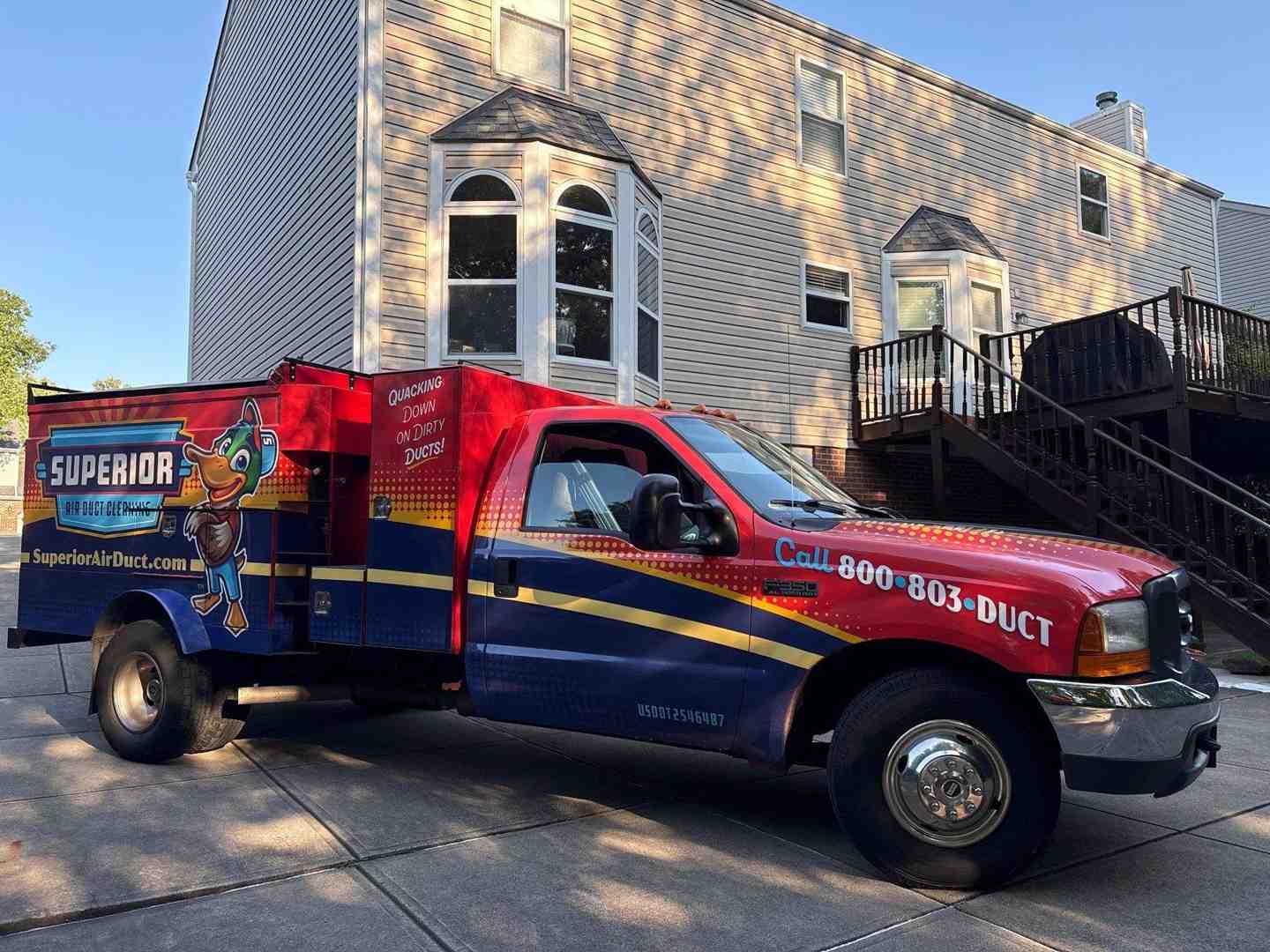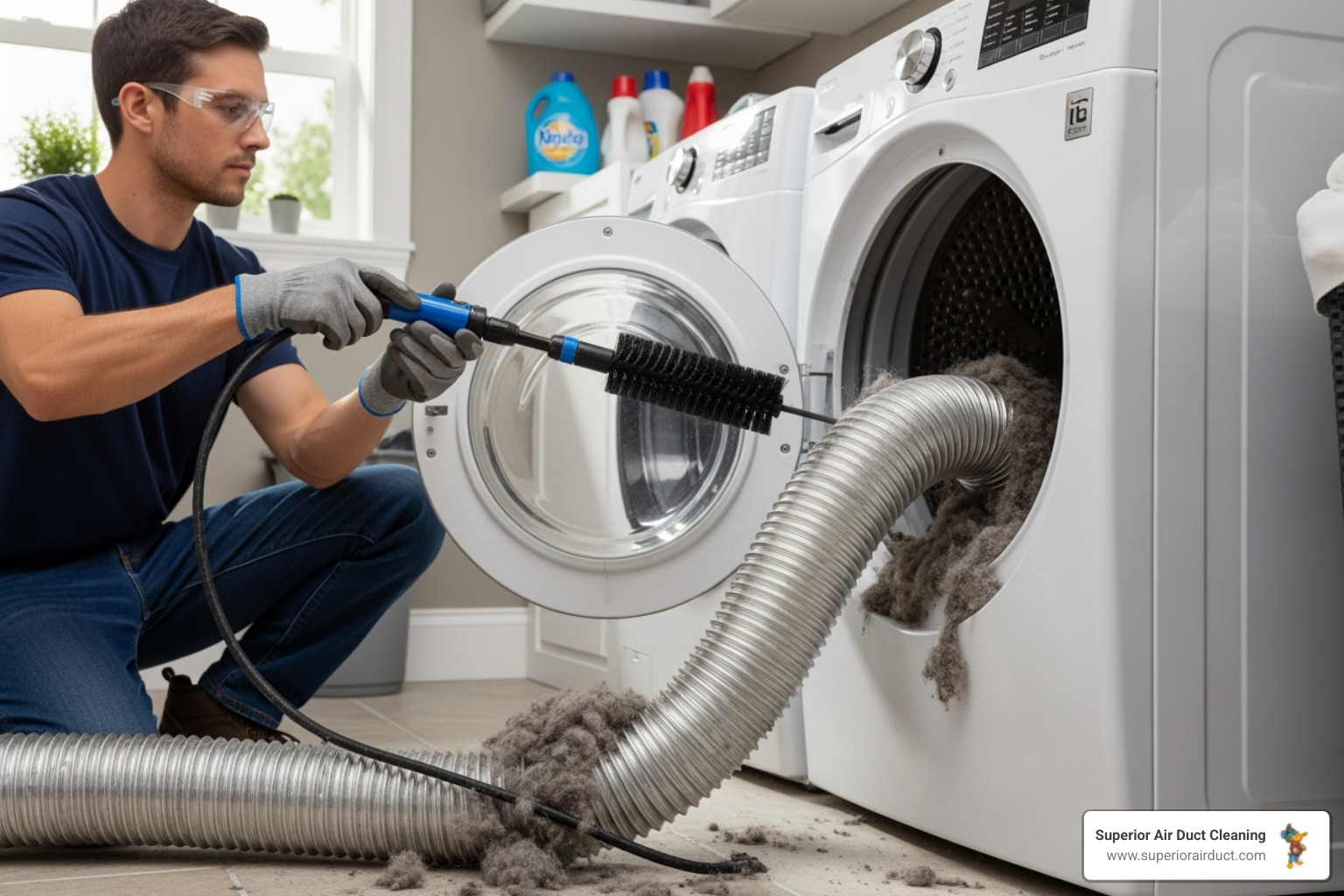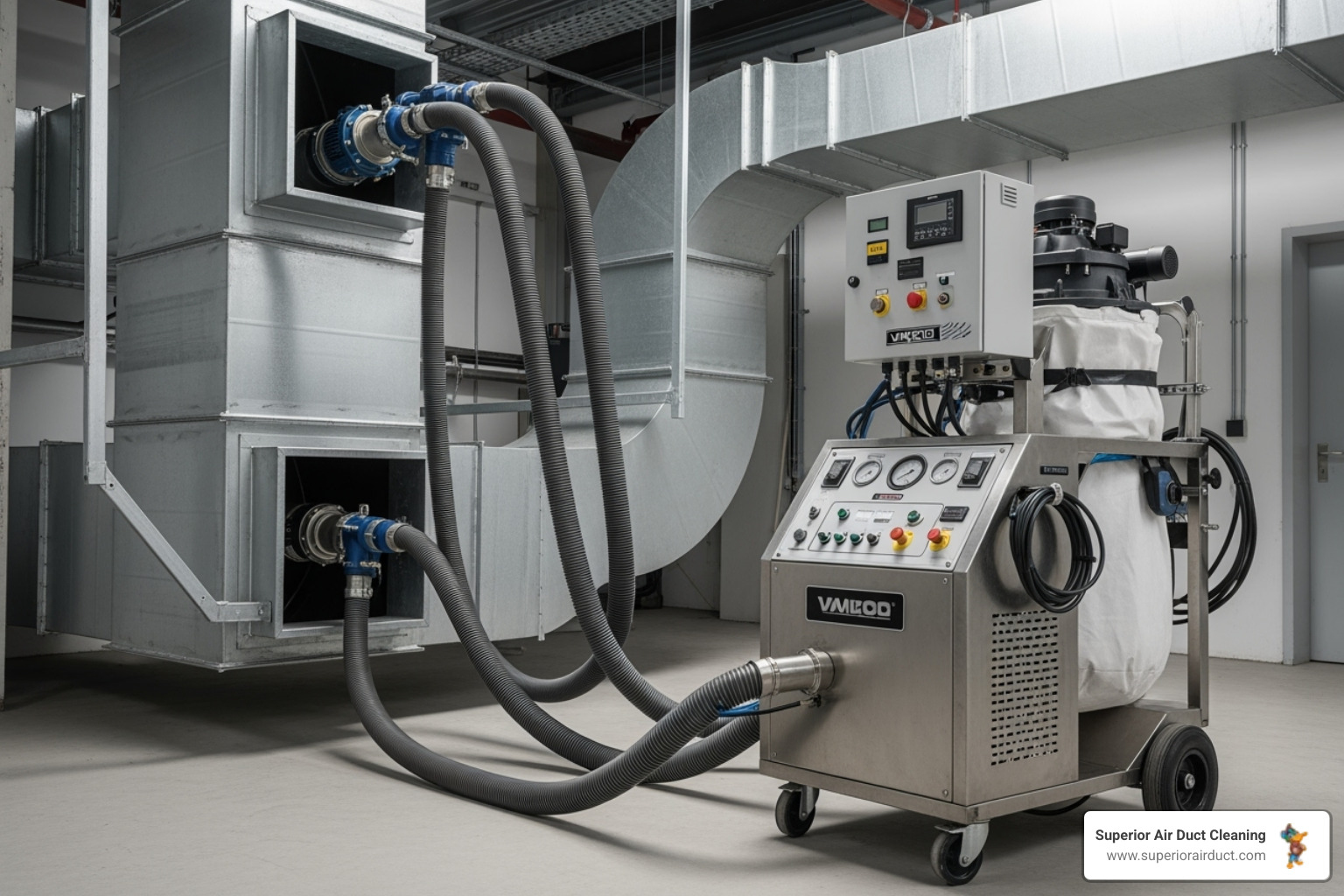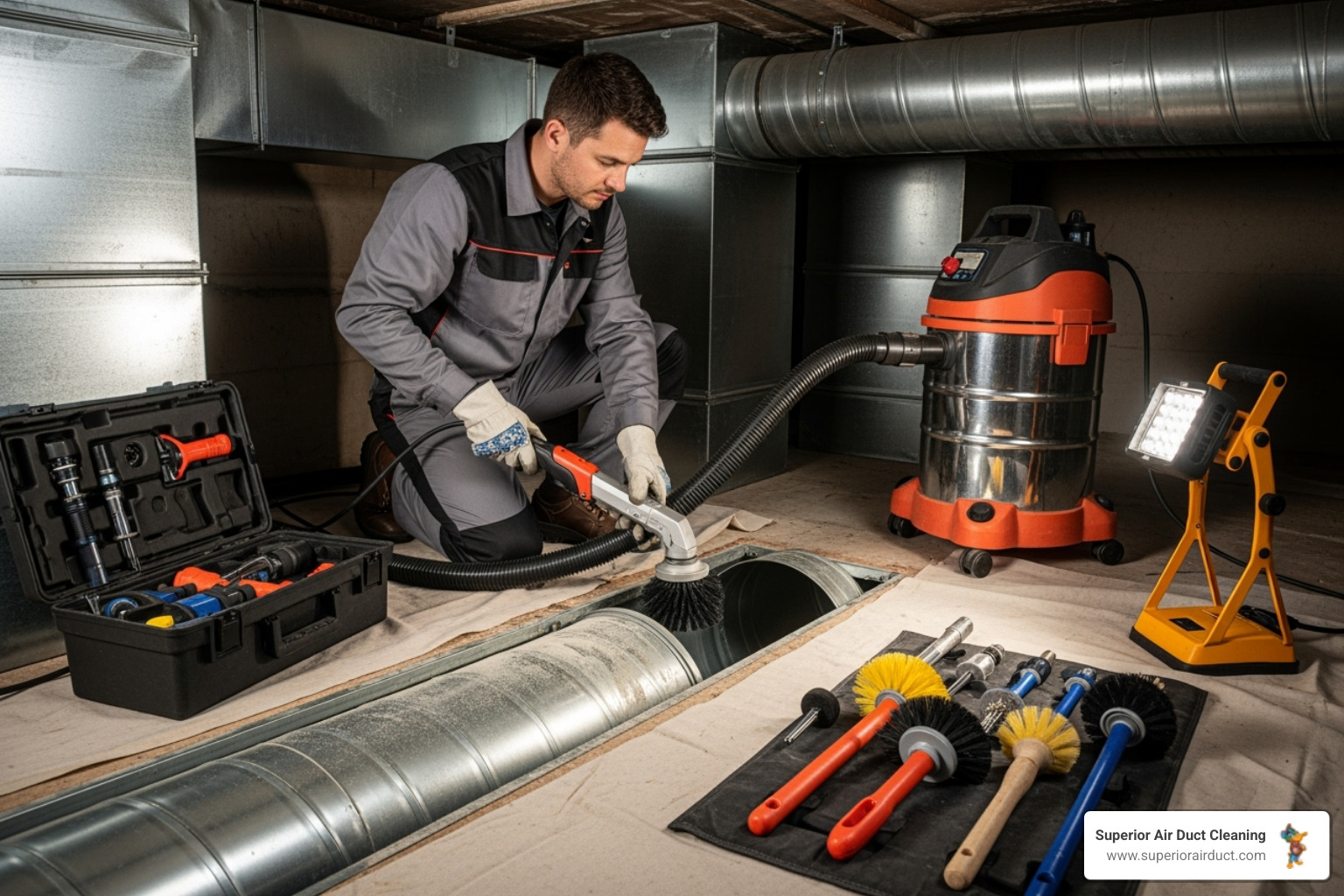
If you’ve started to notice your clothes are taking two or even three cycles to dry, it’s not just an annoyance. It may be a sign that something in your laundry system isn’t working the way it should. In many Gibsonia homes, this kind of issue points toward a buildup or blockage in the dryer vent. What might seem like a small delay in drying could quickly grow into a bigger problem, like overheating clothes or overworked appliances. It’s a common situation, but it can lead to bigger safety and energy concerns if ignored for too long.
During the summer months especially, when dryers tend to run more frequently, the chances of noticing drying delays increase. High humidity can play a part, but if the machine itself is functioning properly and the clothes still aren’t drying on time, it’s time to take a closer look. Understanding what’s behind slow drying can help homeowners in Gibsonia fix the root cause before it wears down their dryer or creates a fire hazard.
Understanding the Issue: Why Your Dryer Takes Multiple Cycles
When a dryer requires more than one cycle to dry clothes, it’s almost always caused by an inefficiency in heat distribution or airflow. Dryers use hot air and tumbling motion to remove moisture from laundry. If either function is blocked or slowed down, such as by lint buildup or a clogged vent, the machine can't perform at full capacity.
Multiple cycles don’t just result in higher energy use. They wear out the fabrics of your clothes faster, increase your utility bills, and reduce the lifespan of the dryer. Beyond daily frustration, this delay often signals a deeper problem. In Gibsonia homes, particularly those with older vent routes or limited space behind the dryer, lint can build up unnoticed until it starts causing slowdowns.
Think about what it’s like to breathe through a straw. At first, it’s manageable. But over time, especially if the straw begins to clog up, it gets harder to draw in air. That’s essentially what your dryer is dealing with if the vent is blocked. It’s trying to push moist air out through a tight or dirty passage, and the result is damp laundry, even after a full cycle.
If you’ve already checked the filter and ruled out a full load as the problem, it may be time to look further down the vent. Waiting for the problem to fix itself or relying on extra cycles as a workaround won’t solve it. In fact, doing so only increases risks over time.
Common Causes of Slow Drying in Gibsonia Homes
Several factors can cause your dryer to struggle with drying. Understanding what could be going wrong in your home can help narrow things down and determine your next step. Some of the most common reasons include:
- Lint buildup in the vent: Even if you clean the lint screen after every use, lint can still gather inside the vent. Over time, this buildup shrinks airflow, keeping moist air inside the dryer longer.
- Debris blockages: Small fabric items like socks or dryer sheets can sometimes make their way into the vent hose. Even pests or outdoor debris can clog an outdoor vent flap, stopping airflow entirely.
- Improper vent installation: If the vent bends too sharply or the pipe is too long, the risk of blockage increases. In some older Gibsonia homes, the original setup may not match current safety guidelines.
- Lack of routine maintenance: Many homeowners aren’t aware that dryer vents need professional cleaning at regular intervals. Without it, buildup quietly grows until it causes delays or other problems.
- Crushed or damaged ductwork: Sometimes, the flexible hose behind the dryer gets pinned against the wall. If it becomes flattened or torn, airflow slows or leaks out altogether.
Each of these issues can build on the others. When left unaddressed, what begins as a slow drying cycle can grow into a safety concern quickly. For homeowners in Gibsonia, the best solution starts with pinpointing the cause and addressing it directly. Detecting the signs early can reduce wear and tear on the machine and prevent costly repairs or safety hazards down the road.
Dangers of Ignoring a Blocked Dryer Vent
Letting a dryer vent issue sit too long creates risks that go beyond longer laundry times. Gibsonia homeowners dealing with slow-drying clothes may not realize how serious it can get if airflow is restricted. The more your dryer struggles to get the job done, the greater the wear and tear on the appliance. Over time, heat builds up inside the unit, putting strain on internal parts like the heating element or motor.
One of the biggest concerns is increased fire risk. When lint clogs up the venting system, it becomes a flammable trap. High heat with nowhere to go can cause parts of the duct to overheat. This combination is dangerous, especially in homes where the dryer runs often or sits near walls with little room to disperse heat.
There’s also the added cost. A dryer running multiple cycles uses more electricity and forces your utility bills higher than necessary. Even if you think it’s a small inconvenience, that wasted energy adds up month after month. Plus, frequent drying cycles mean faster breakdowns of buttons, zippers, and fabric, leading to clothes wearing out before their time.
Damage can also extend to other areas, like water vapor getting trapped in walls due to poorly vented moisture. That extra humidity may not be obvious at first, but long-term exposure can lead to warped materials or indoor mold growth. Ignoring the problem doesn’t make it go away. It just makes the outcome harder and costlier to deal with later.
Why Professional Dryer Vent Cleaning Matters
A blocked dryer vent isn’t something you want to guess your way through. It may seem like a job that involves just removing lint, but there’s more to it. Our technicians follow a step-by-step process to identify problem areas, clear the full length of the duct, and inspect the system for damage or fire hazards. Residential vent runs can collect buildup deep inside, past the reach of a vacuum hose or home tool.
Without the right tools or know-how, it’s easy to miss a spot or make things worse, especially if the vent includes multiple turns or long lengths leading to a wall vent outside. Our professionals use specialized brushes and high-powered equipment to ensure the duct is clear from start to finish. They also measure the airflow after the cleaning to confirm the improvement.
Hiring trained technicians gives you the benefits of experience. For example, during a cleaning in a Gibsonia home, our team found that a disconnected section of vent pipe had been allowing lint to collect inside the wall cavity. This kind of discovery prevents more than delayed drying. It stops more serious hazards from developing. It's easy to overlook hidden problems when the duct runs behind walls or ceilings. That’s why a proper inspection and cleaning provide more peace of mind than guesswork ever could.
How to Maintain Your Dryer Vent for Optimal Performance
Once your dryer is back to working properly, staying on top of maintenance will help it stay that way. Regular attention to the vent helps avoid expensive issues and keeps drying times reliable. Homeowners can take a few simple steps throughout the year to support smooth airflow and catch problems early.
Here are a few tips:
1. Clean the lint screen thoroughly after each load. That includes washing it with soap and water every few weeks to remove built-up film from dryer sheets.
2. Check the outside vent hood regularly to make sure the flap opens freely and there’s no sign of blockage from leaves, nests, or debris.
3. Make sure the dryer isn’t pushed too tightly against the wall. This can kink or crush the vent hose, limiting airflow without you noticing.
4. Avoid drying overly large loads that might prevent air from circulating. Split loads if necessary to keep the vent from working harder than needed.
5. Watch for signs like longer drying times, hot surfaces, or a musty smell around the dryer. These could suggest blockage, even if the vent looks clear.
Even with great habits, routine professional cleaning is still recommended. Lint and debris can collect in places you can’t reach. If you’ve never had your dryer vent inspected or it’s been over a year, then it’s time to consider scheduling that service.
Restore Efficiency with Professional Help
For homeowners in Gibsonia, summer is a common time for drying problems to show up. With heavier use and warmer temperatures, your dryer needs to perform well without overheating. If you’re constantly restarting cycles or clothes still come out damp, it’s worth thinking about what’s happening inside the vent.
Fixing the issue early can save you energy, improve safety, and keep your laundry routine moving smoothly. Better airflow not only speeds up drying but also helps your appliance last longer. Taking action now means fewer frustrations later and a safer, more efficient home.
When it comes to keeping your dryer running smoothly and safely, taking prompt action matters. Superior Air Duct Cleaning understands that a blocked vent can lead to both performance issues and safety concerns. Rely on our trusted dryer vent cleaning in Gibsonia to eliminate buildup and restore efficiency to your appliance. For a quick estimate or to book a service visit, please contact us today.

Customer Reviews




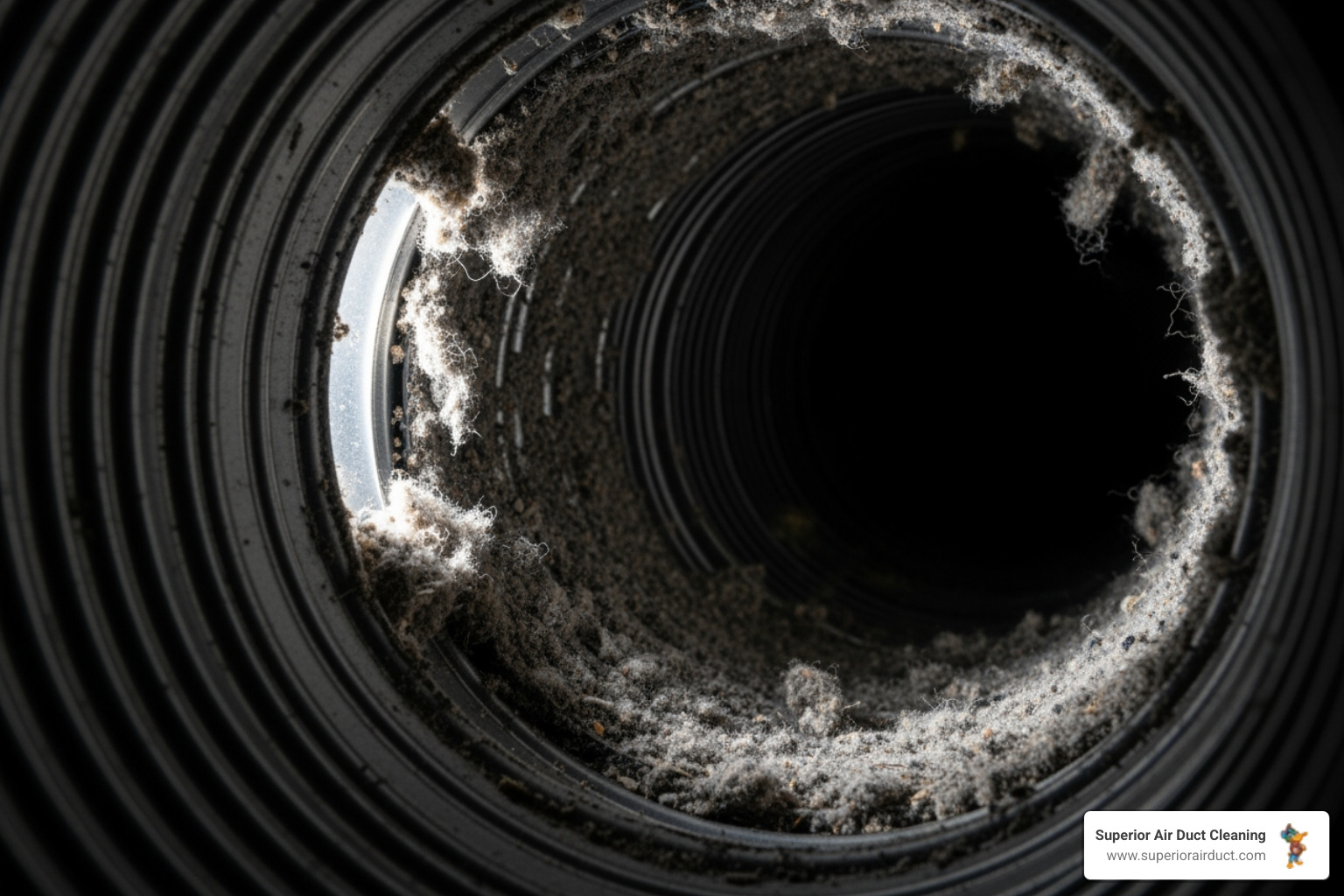
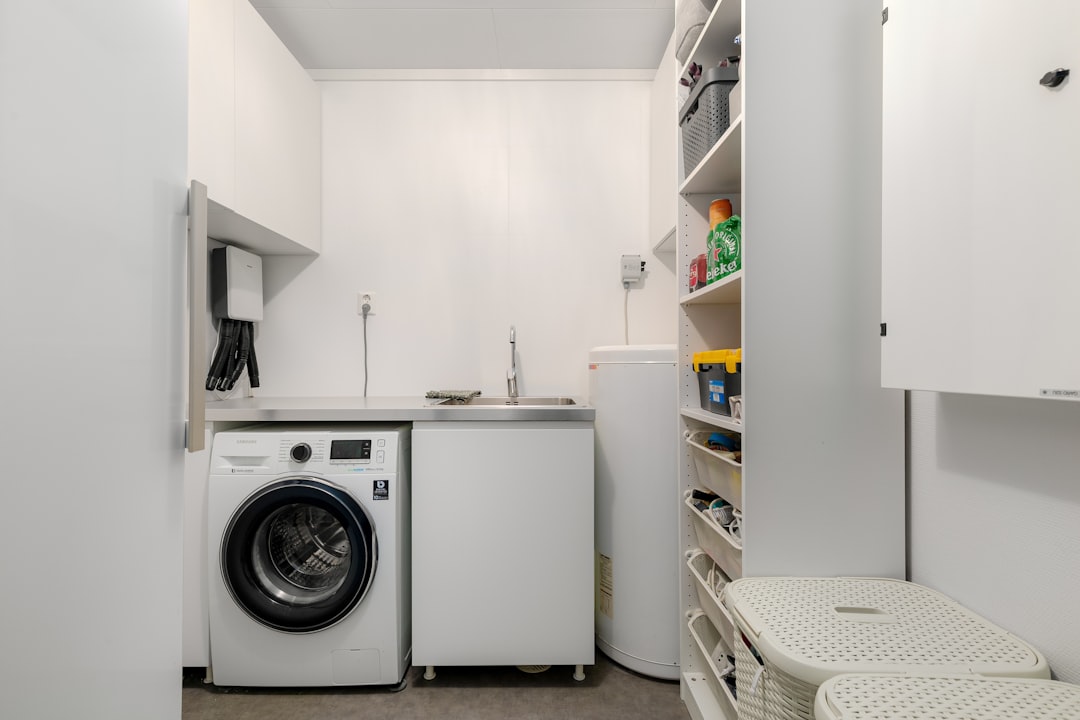
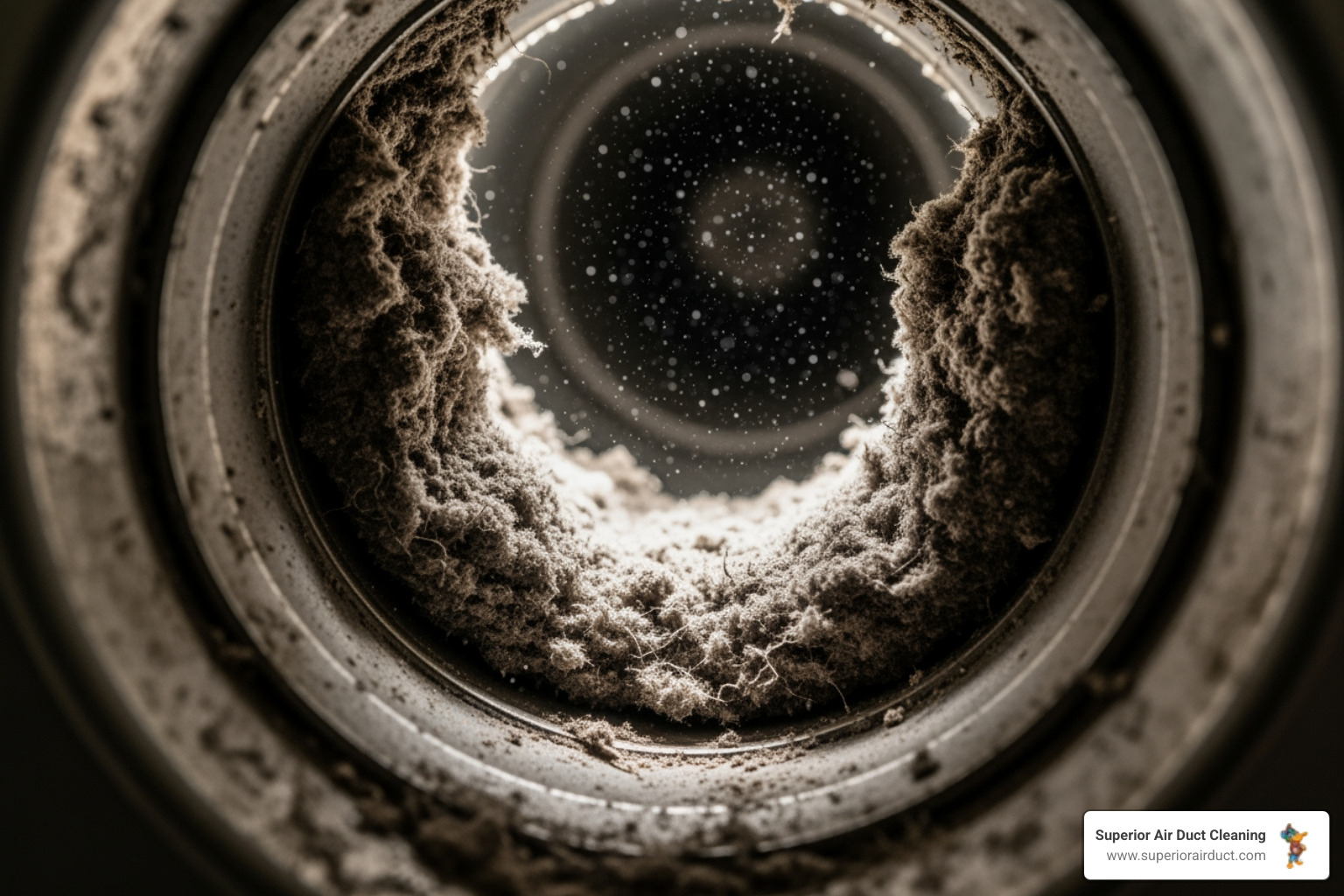
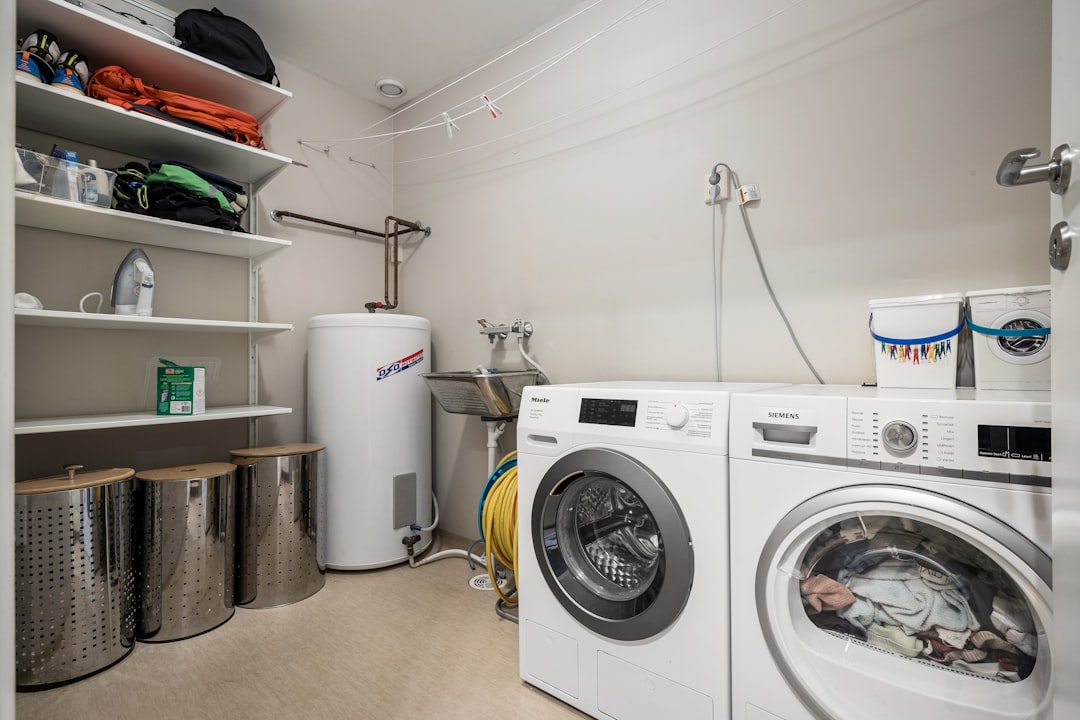
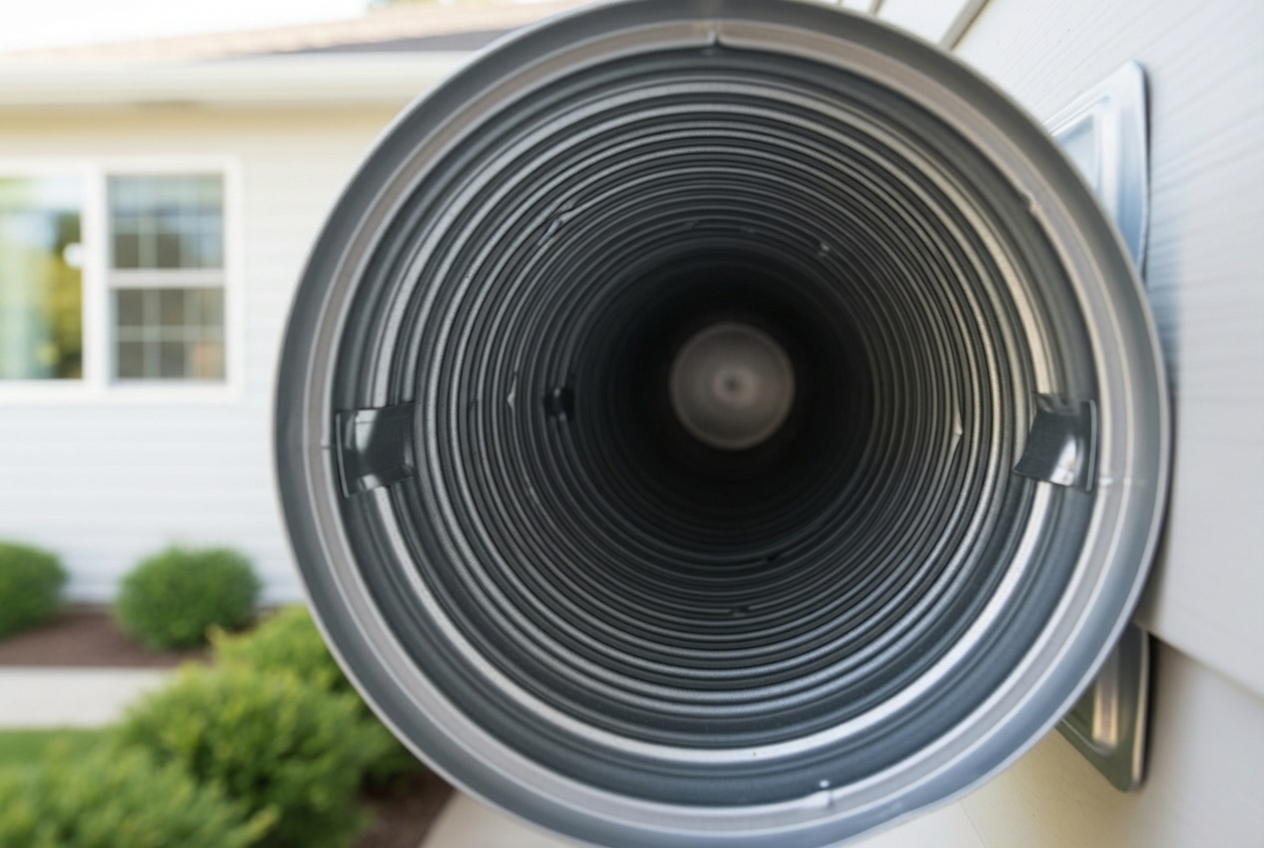
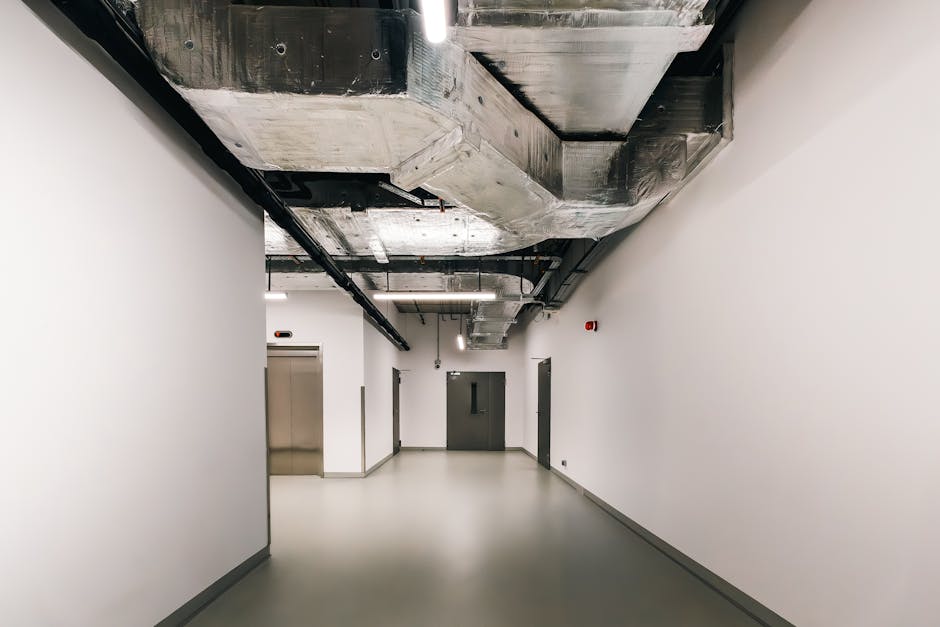
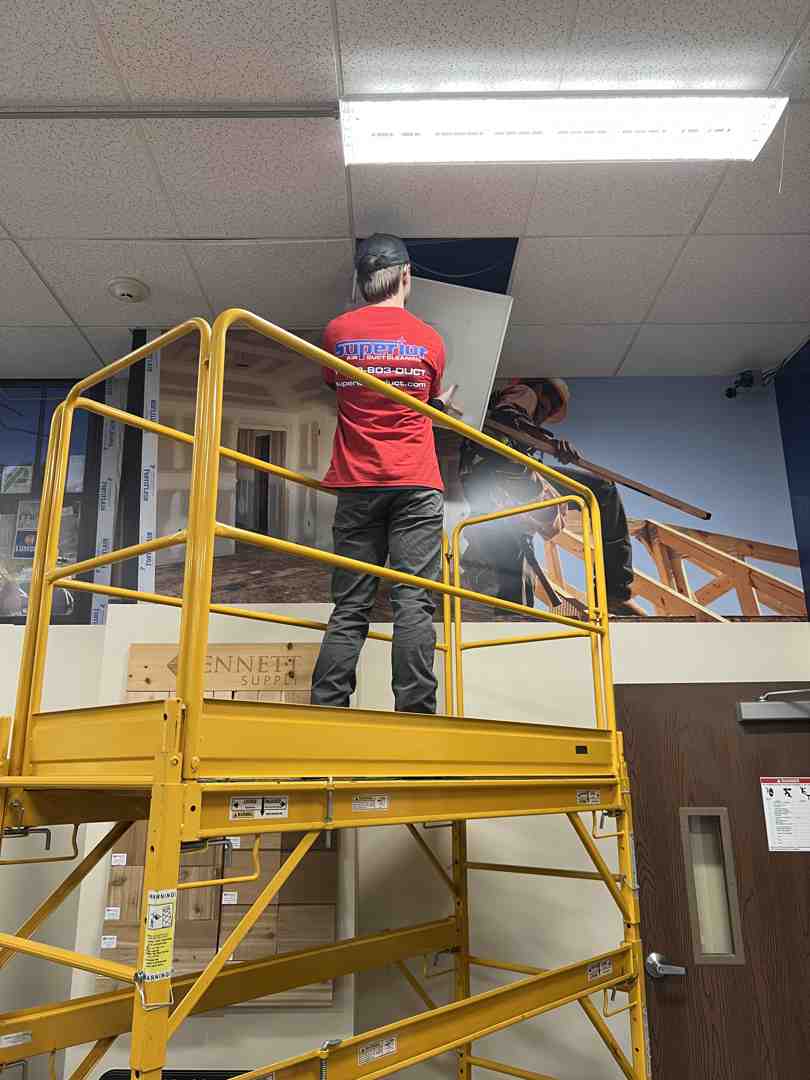
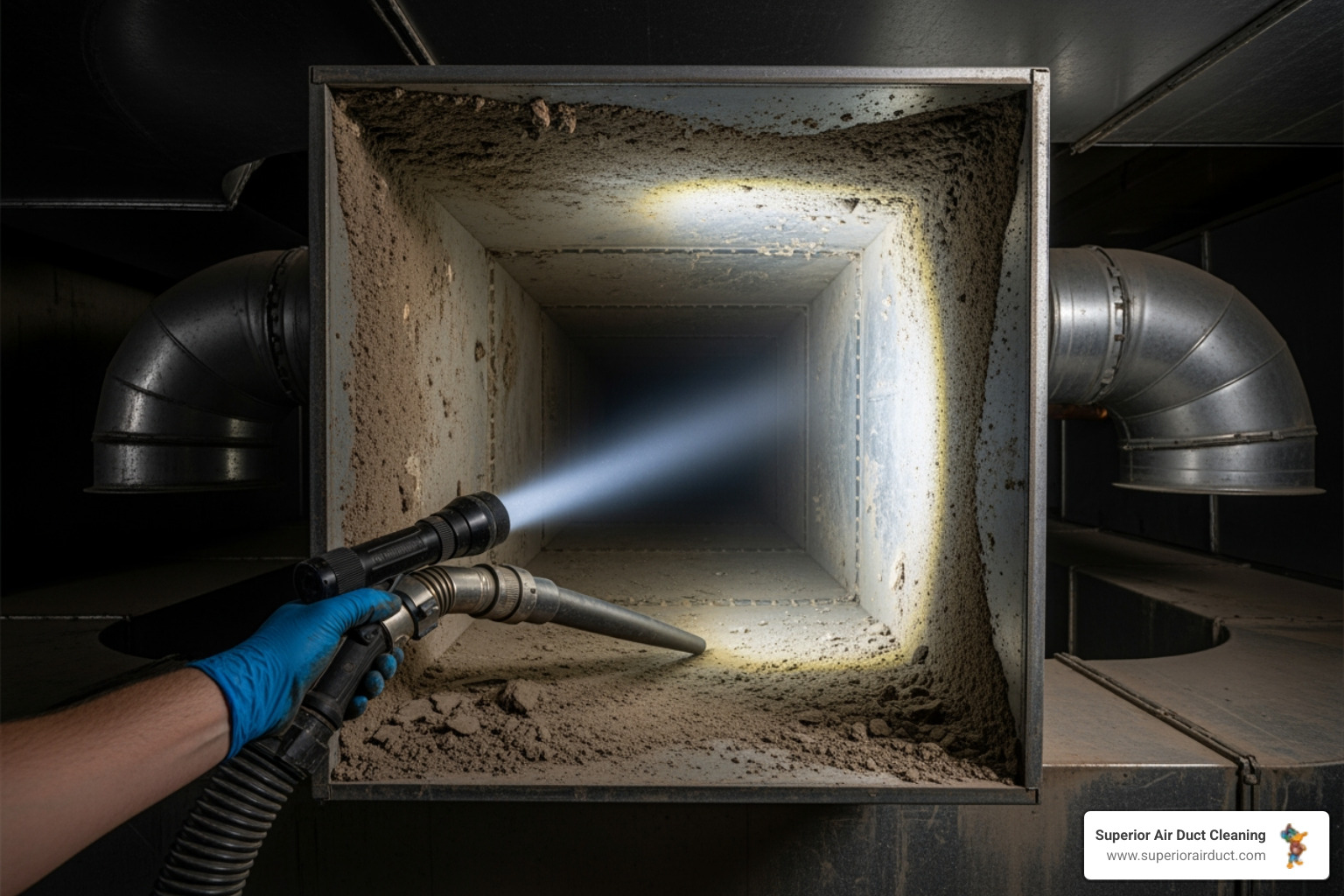


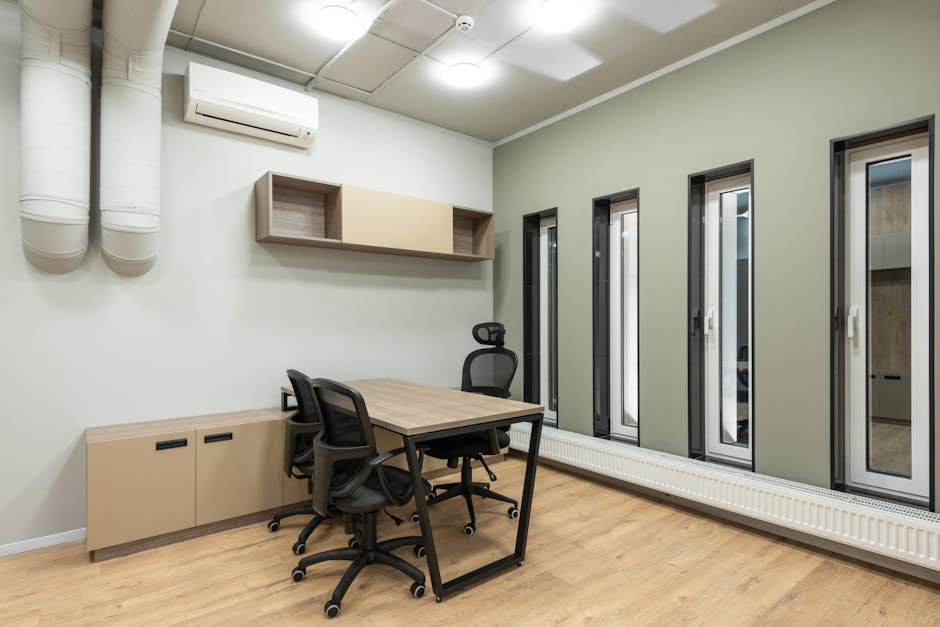

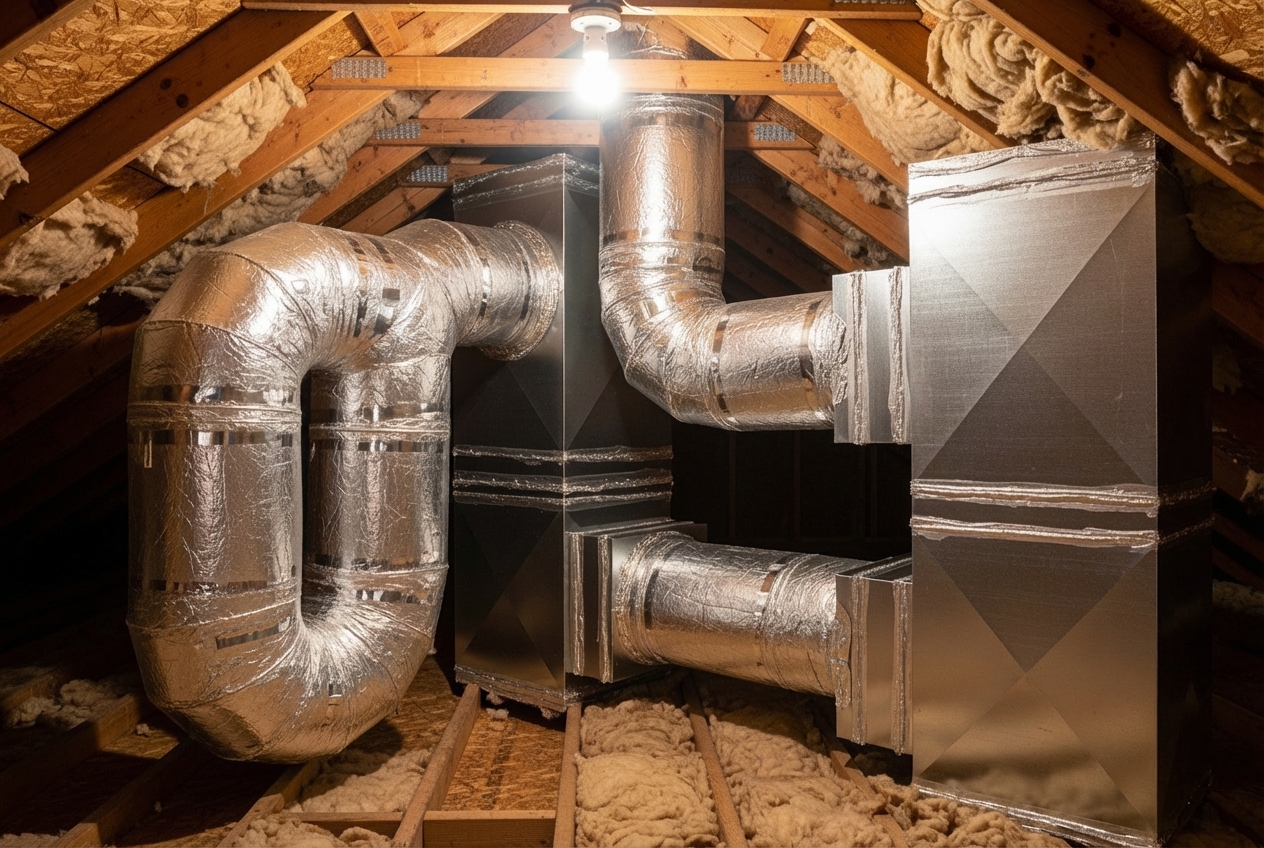
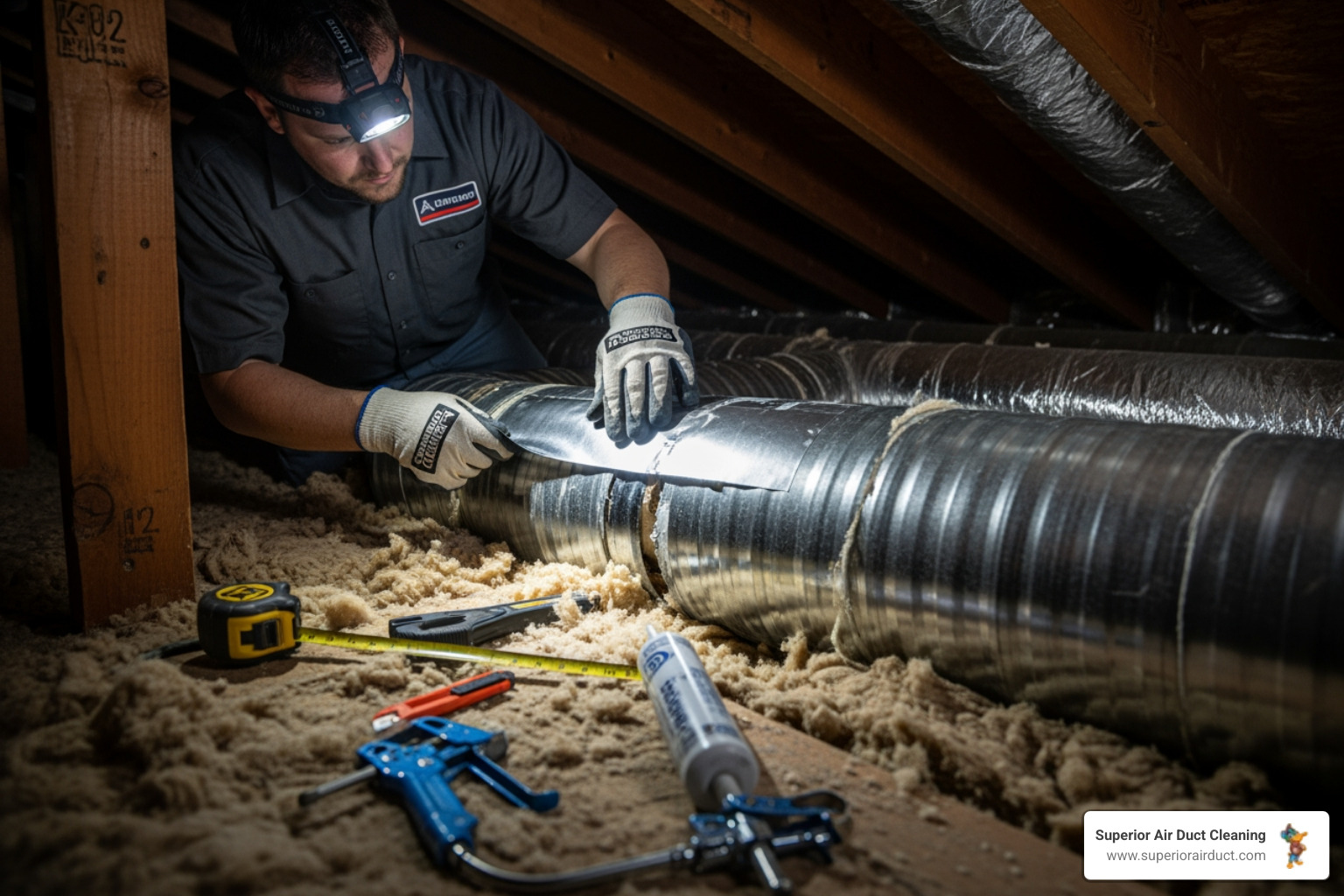

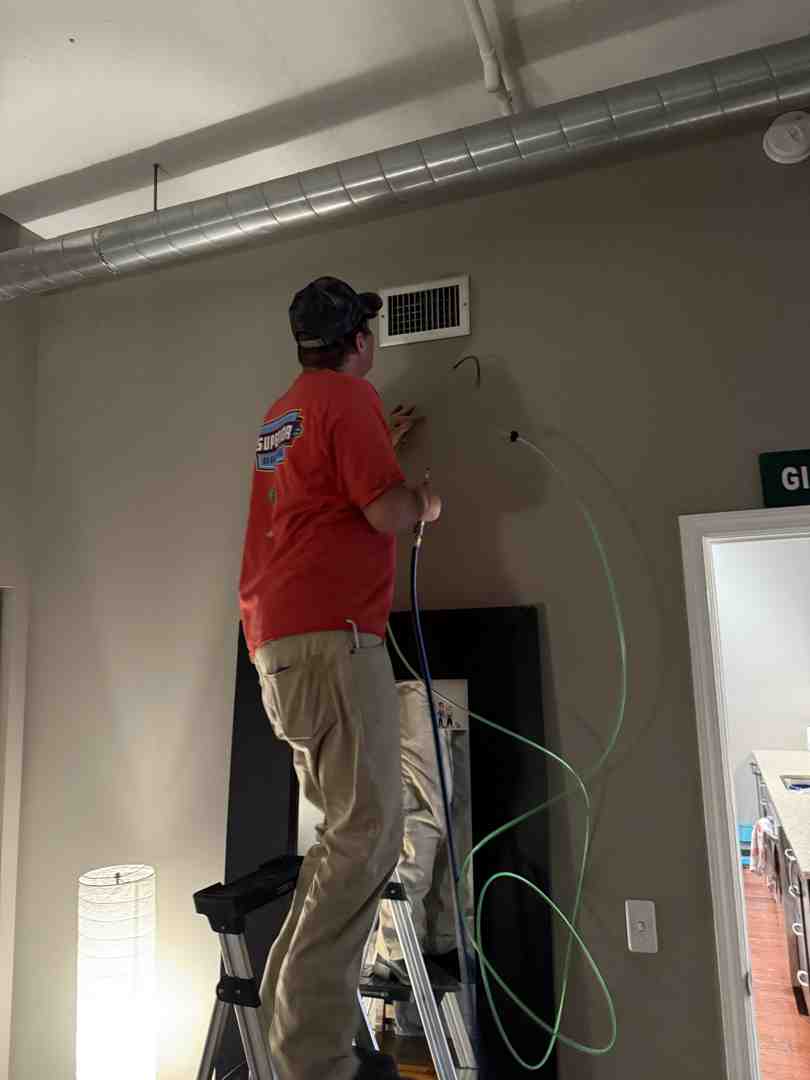




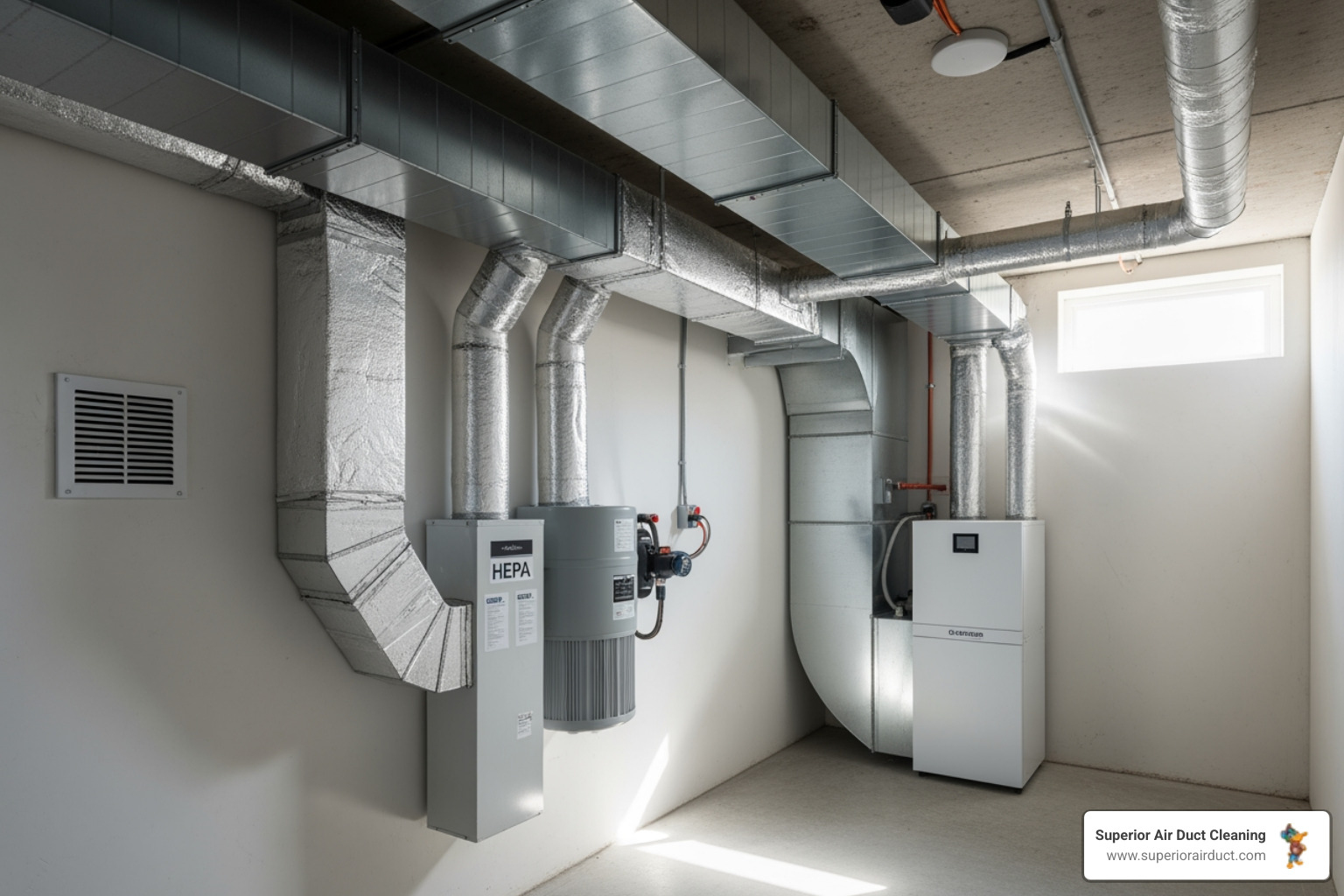






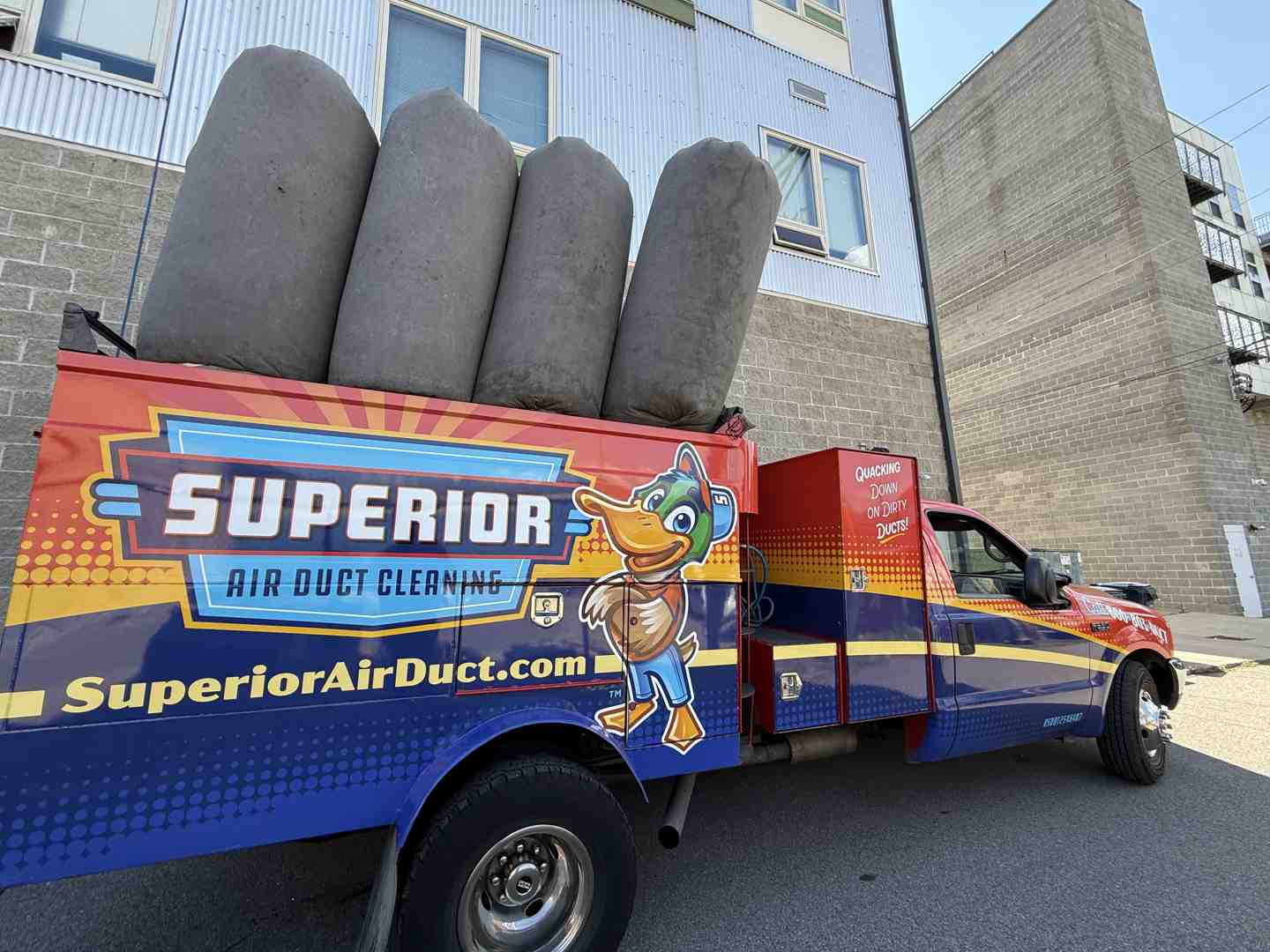

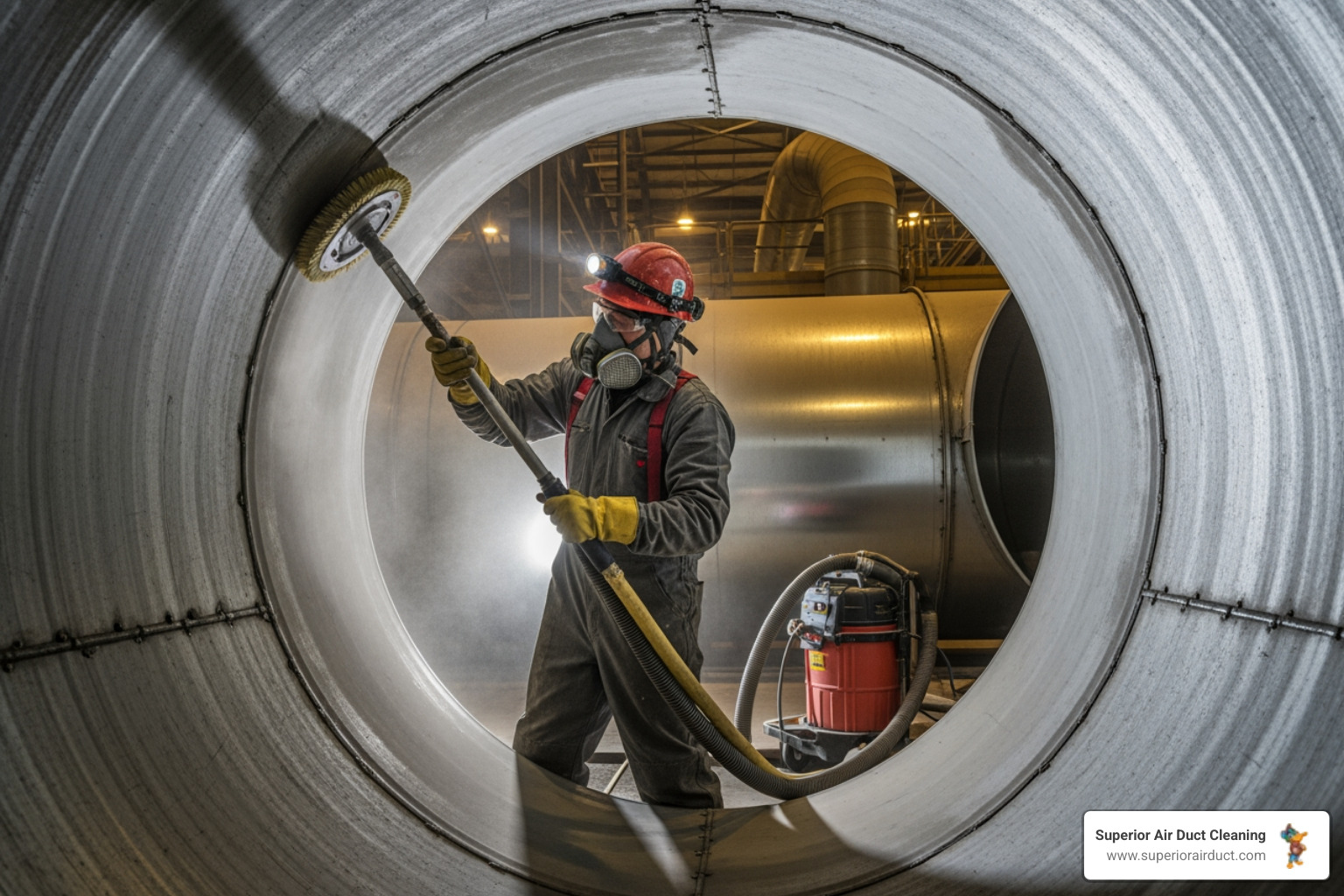


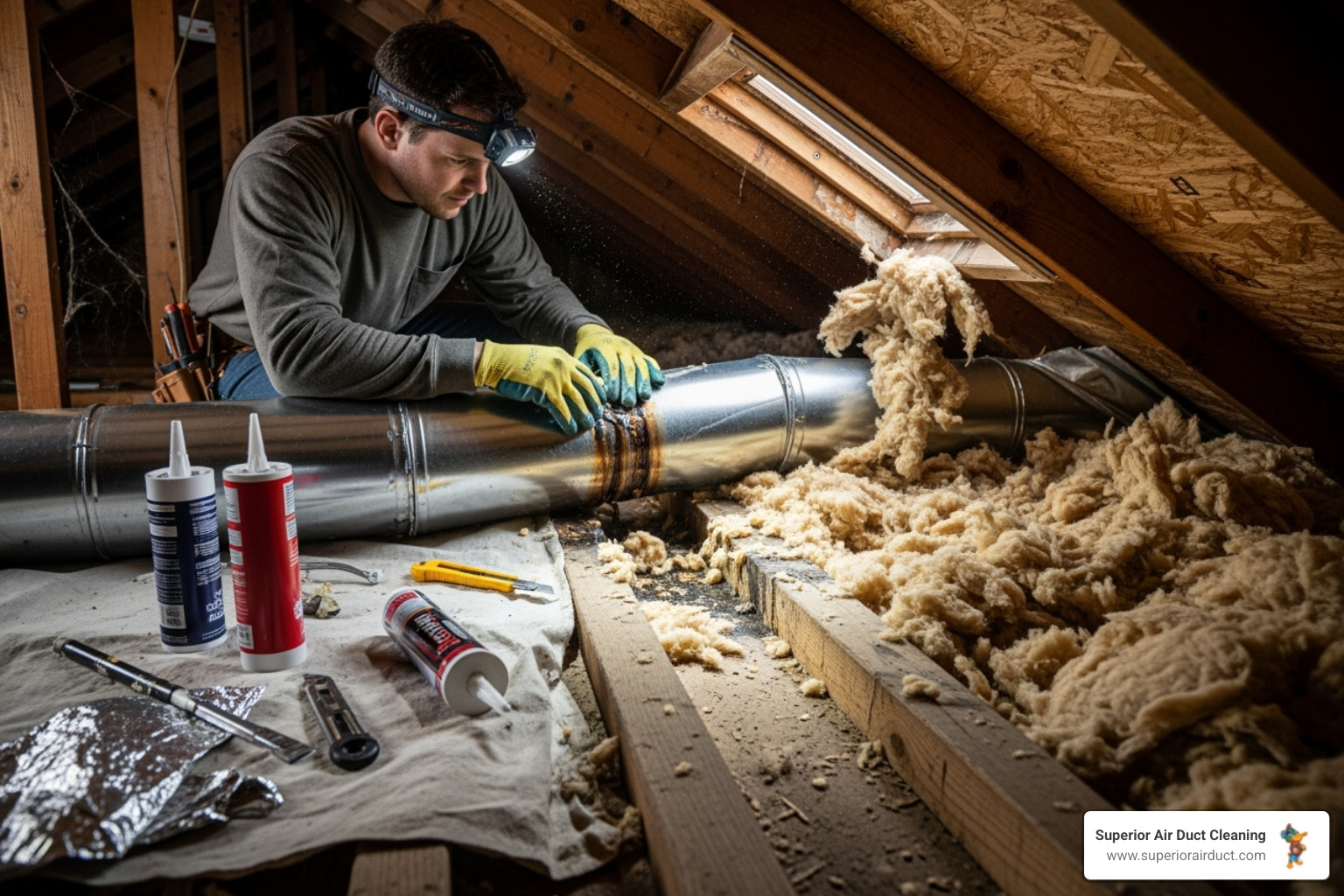
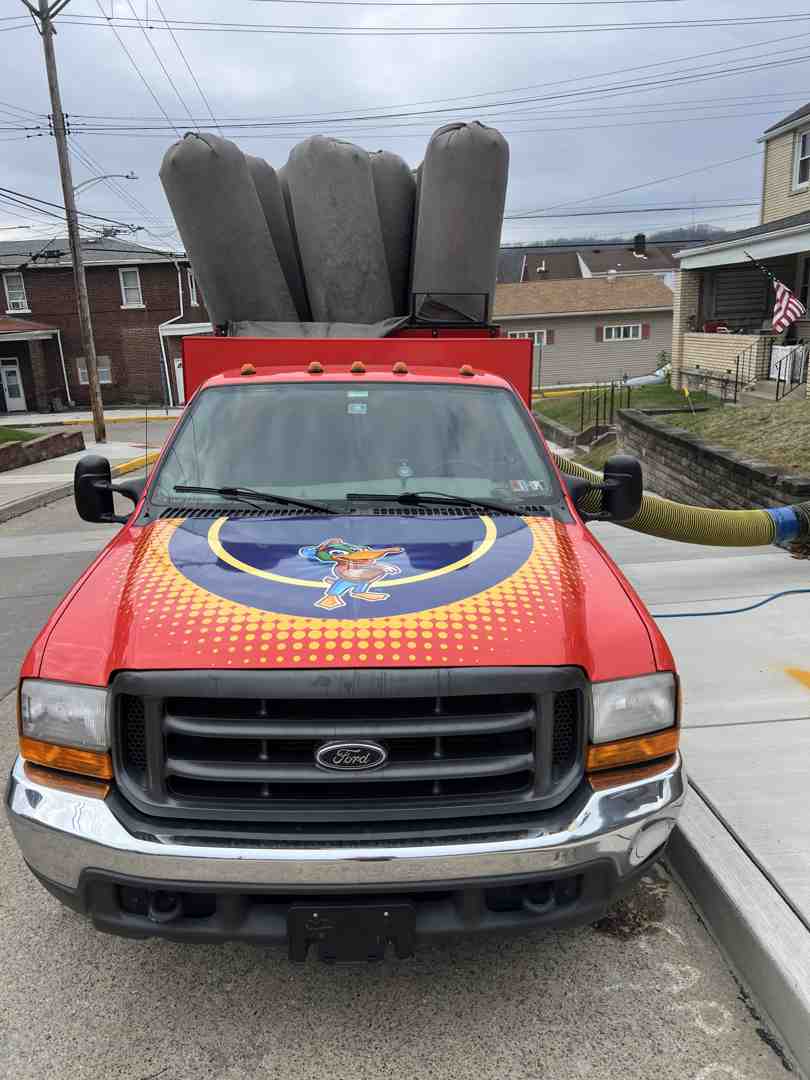

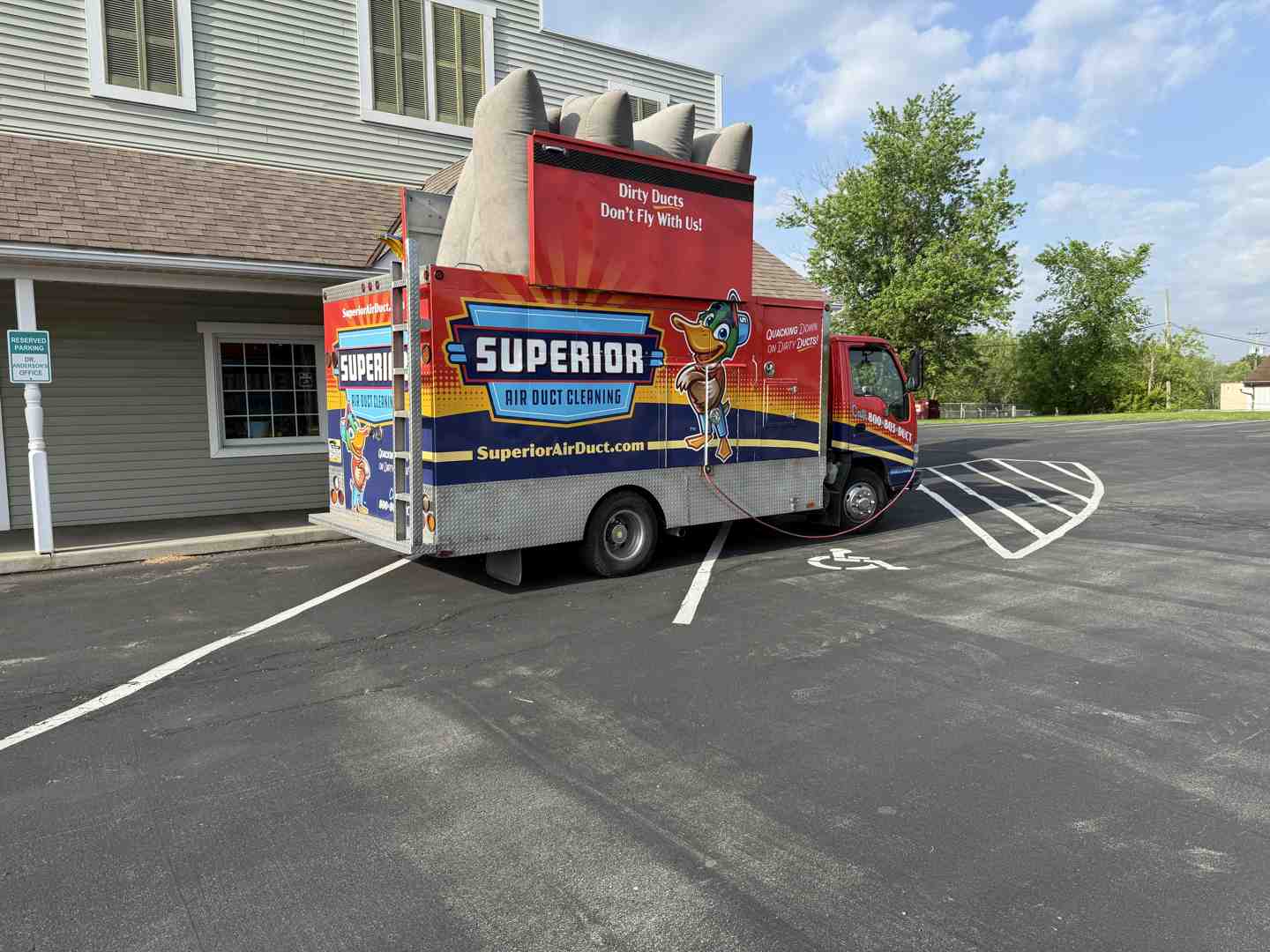


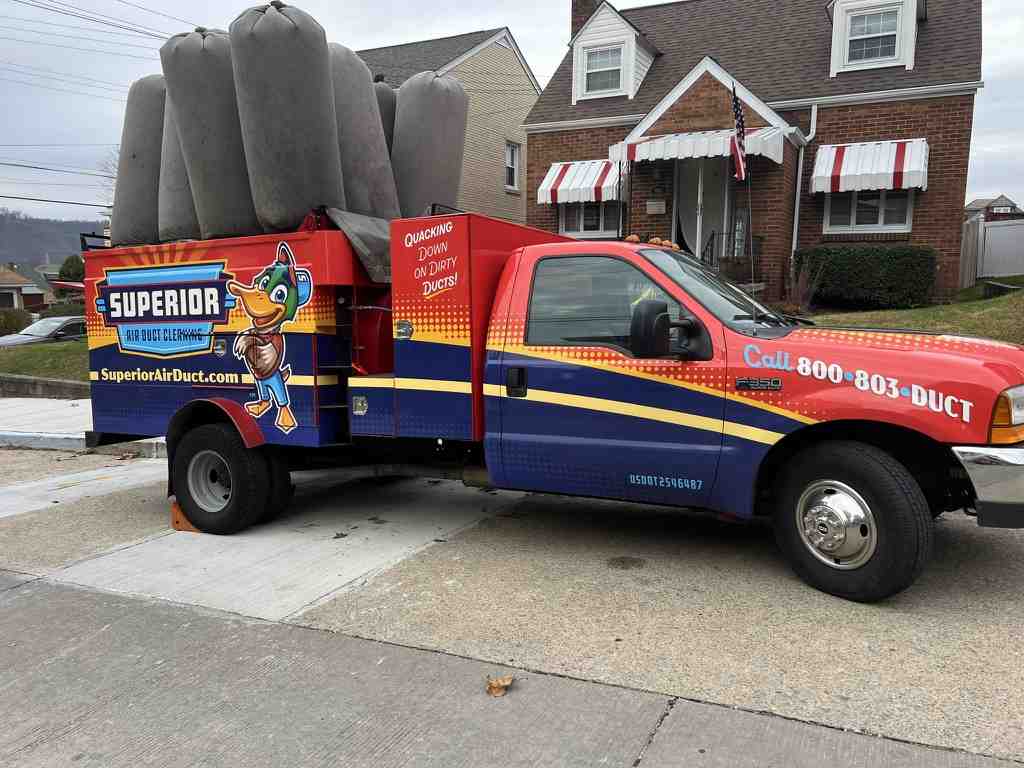


I need to find a service to remove dust from the air ducts in my Pittsburgh home. Who should I call?










